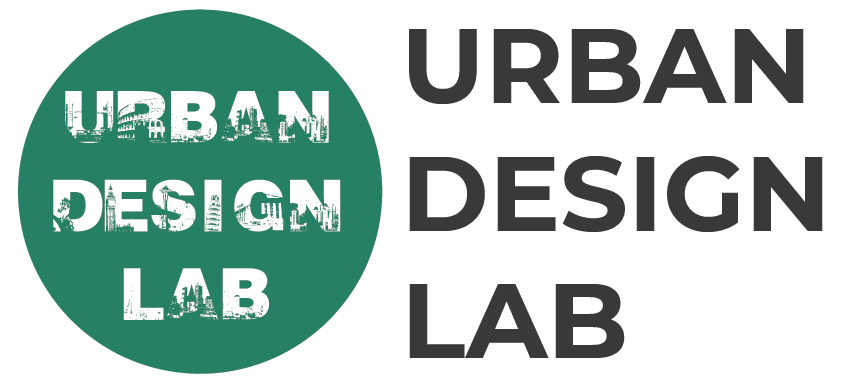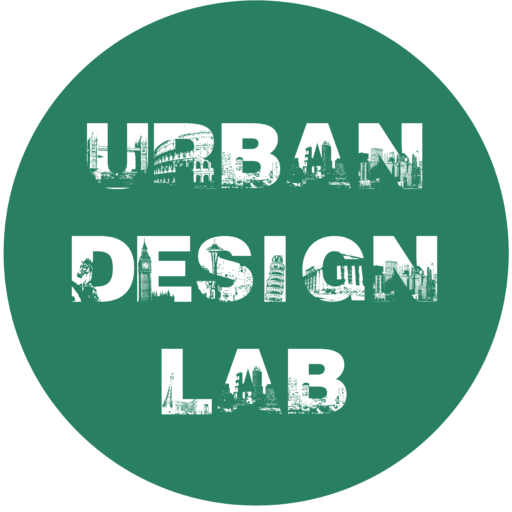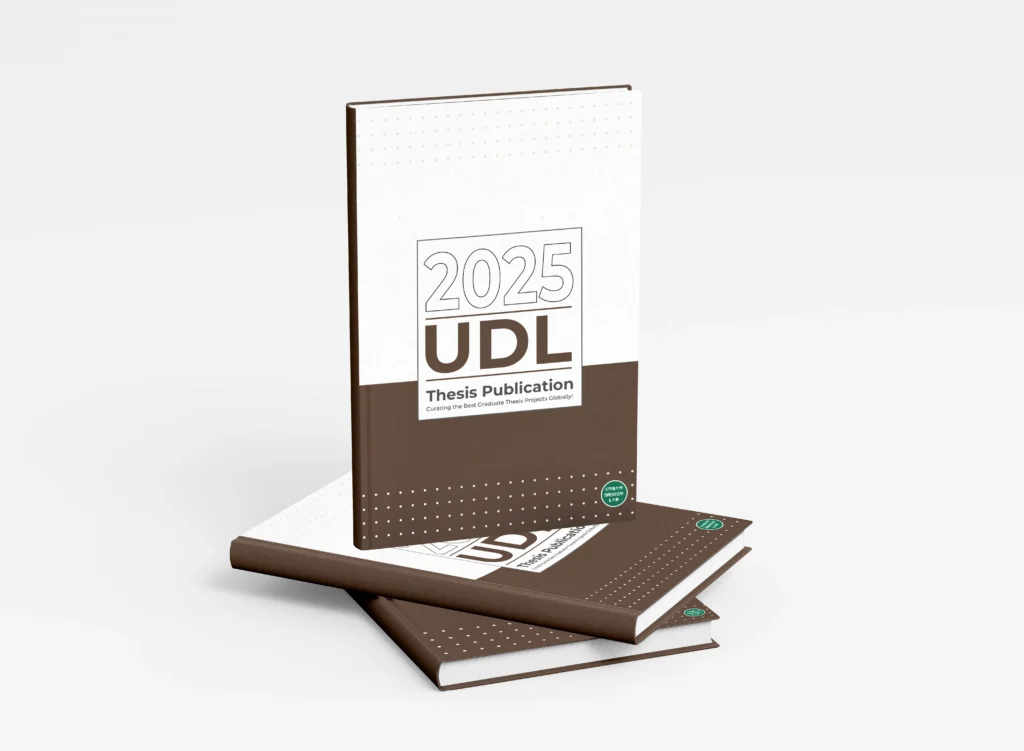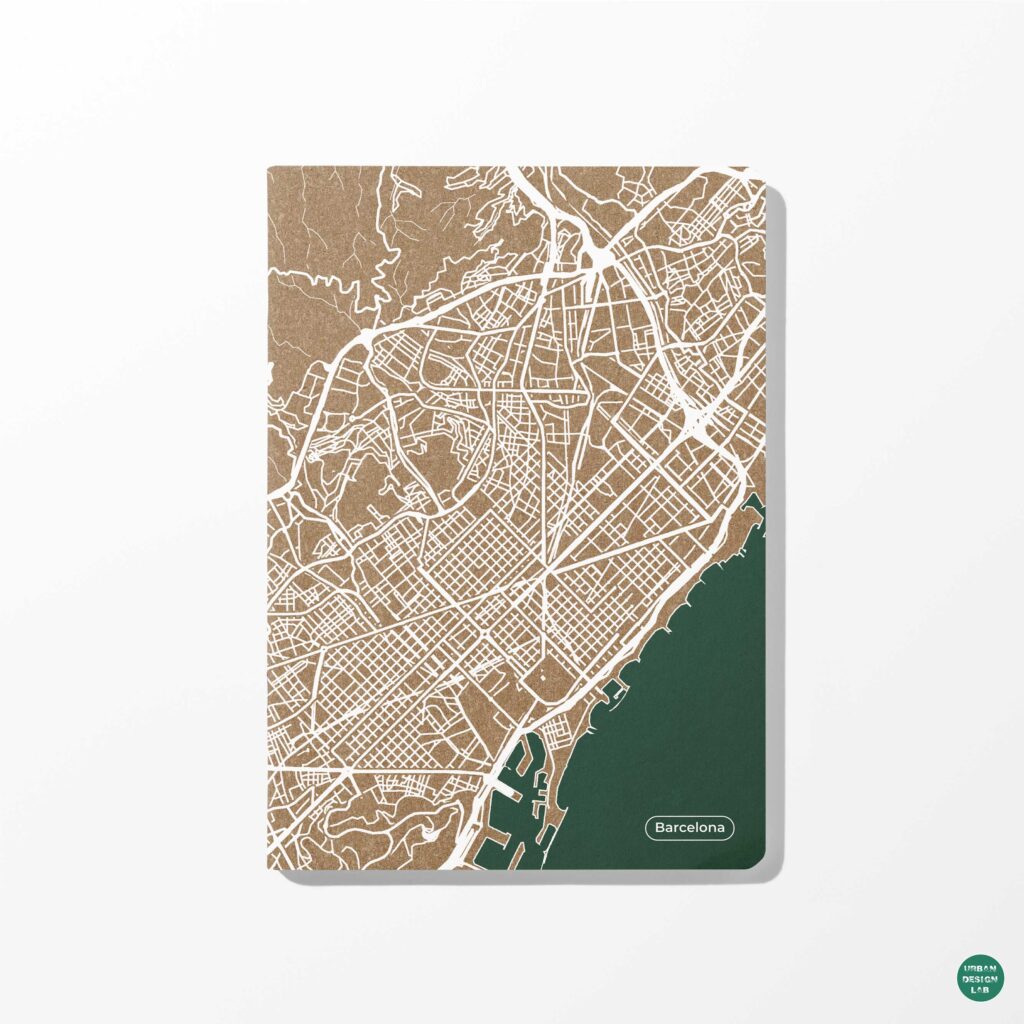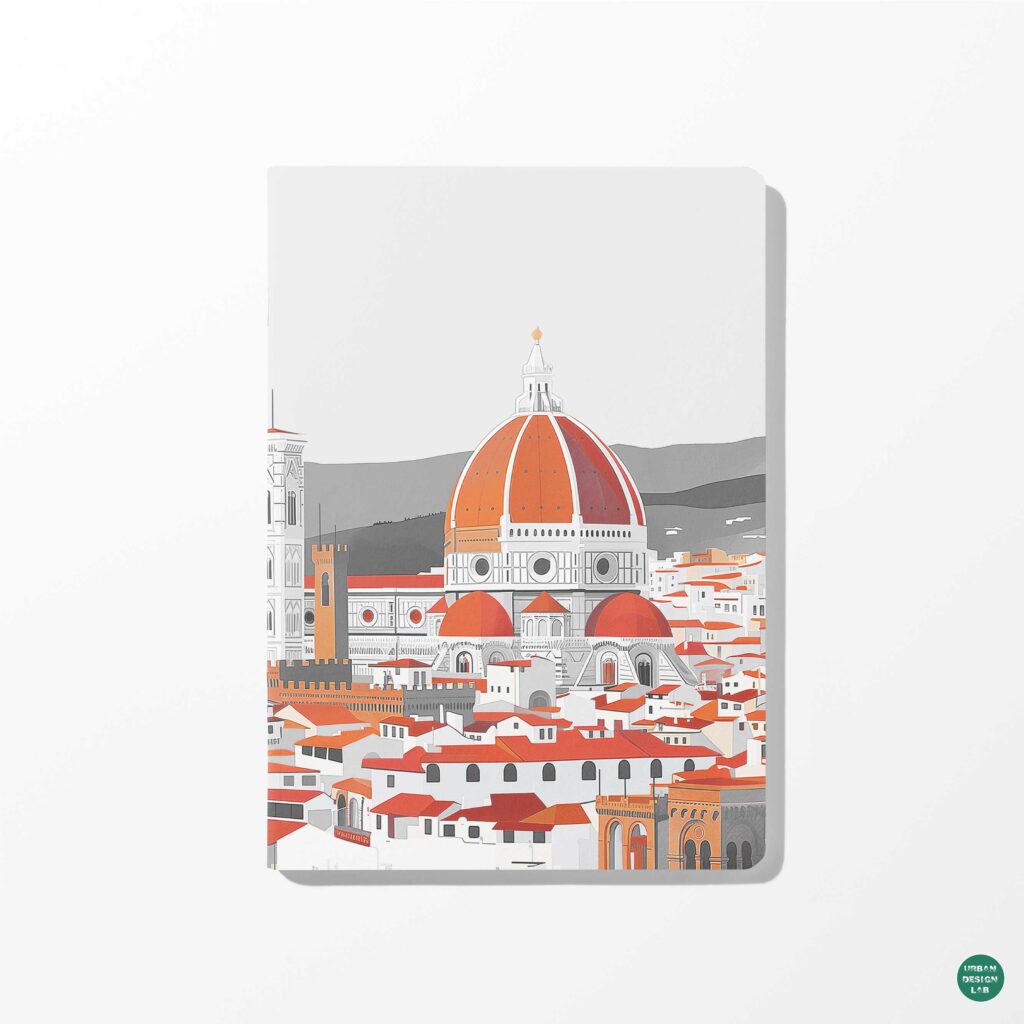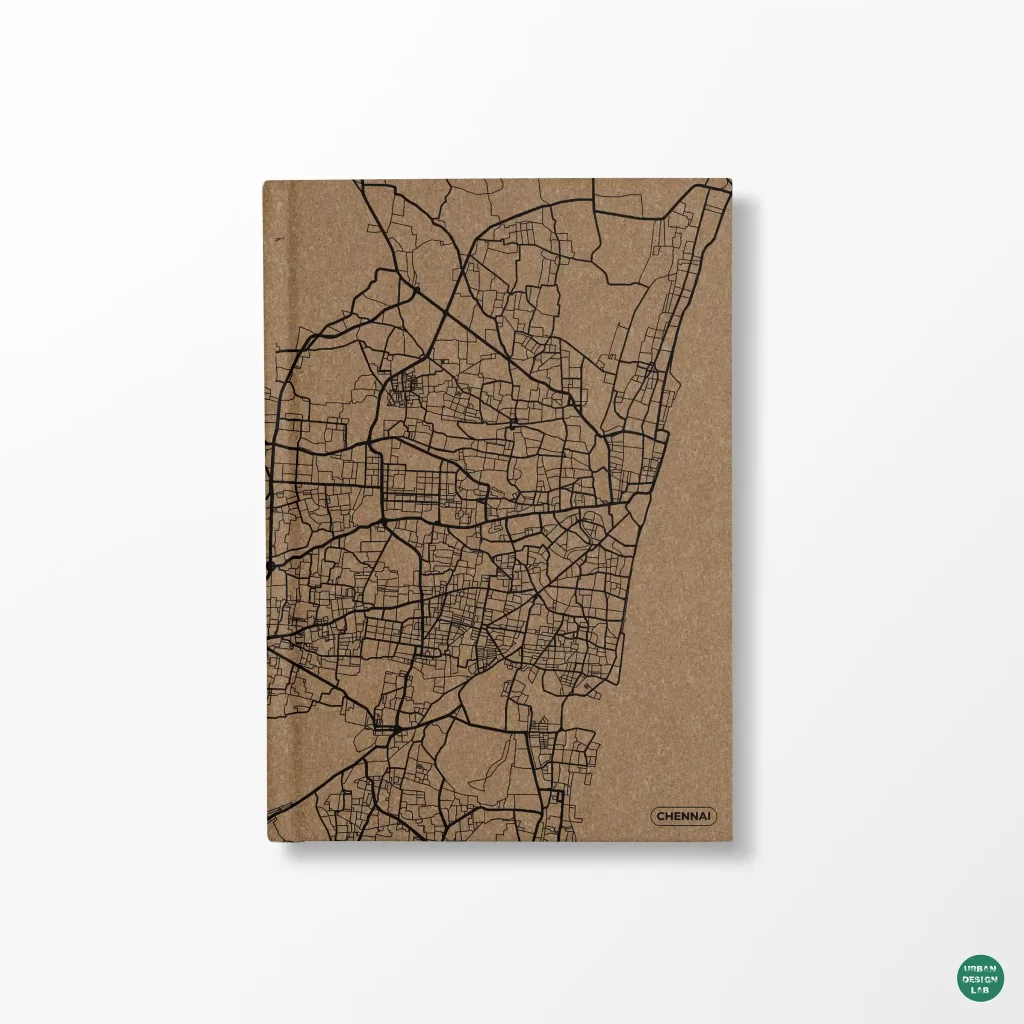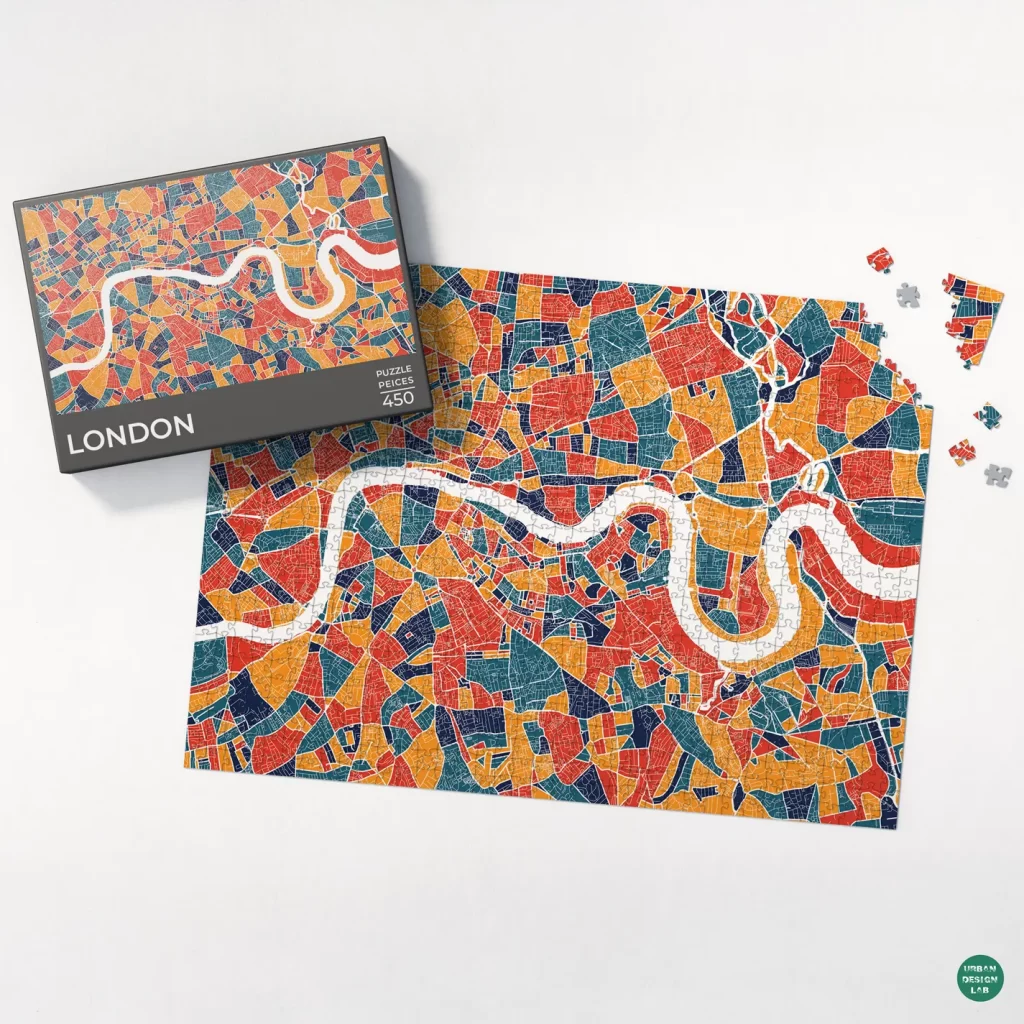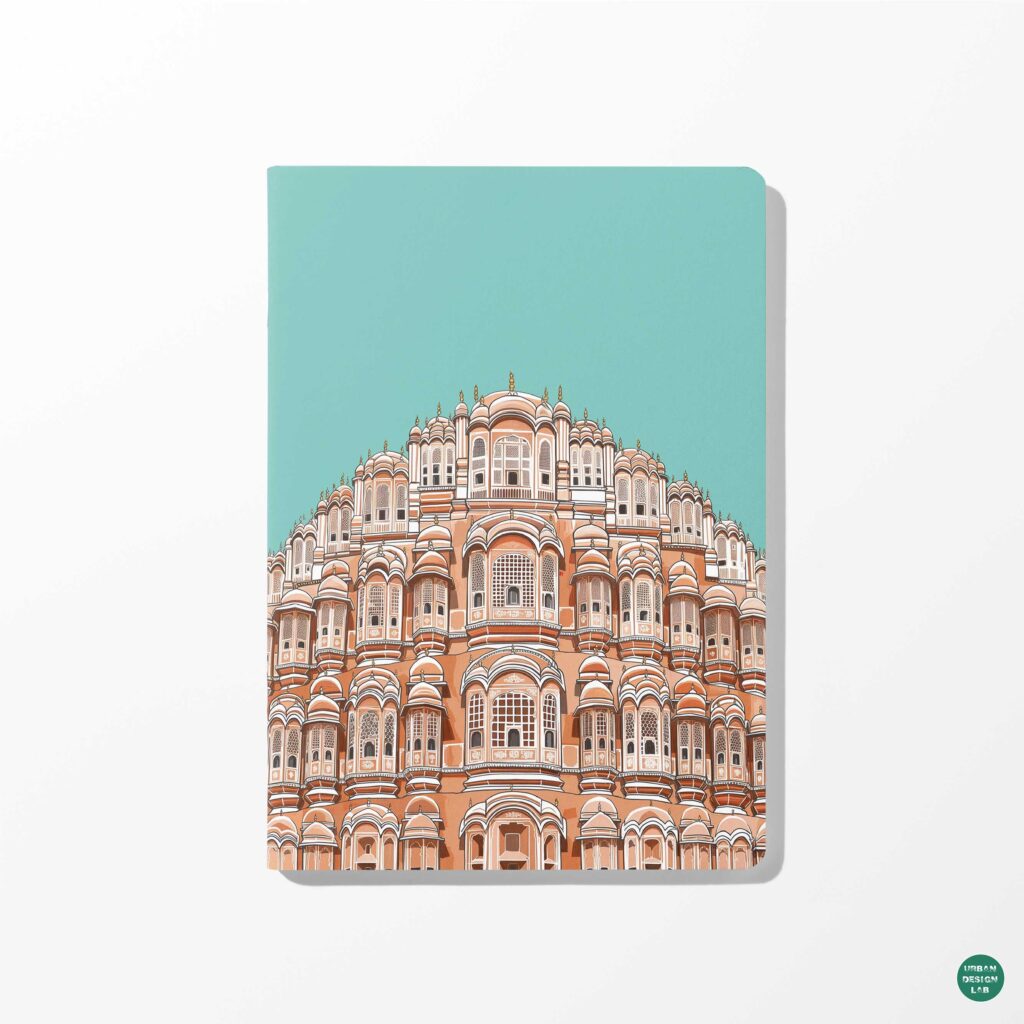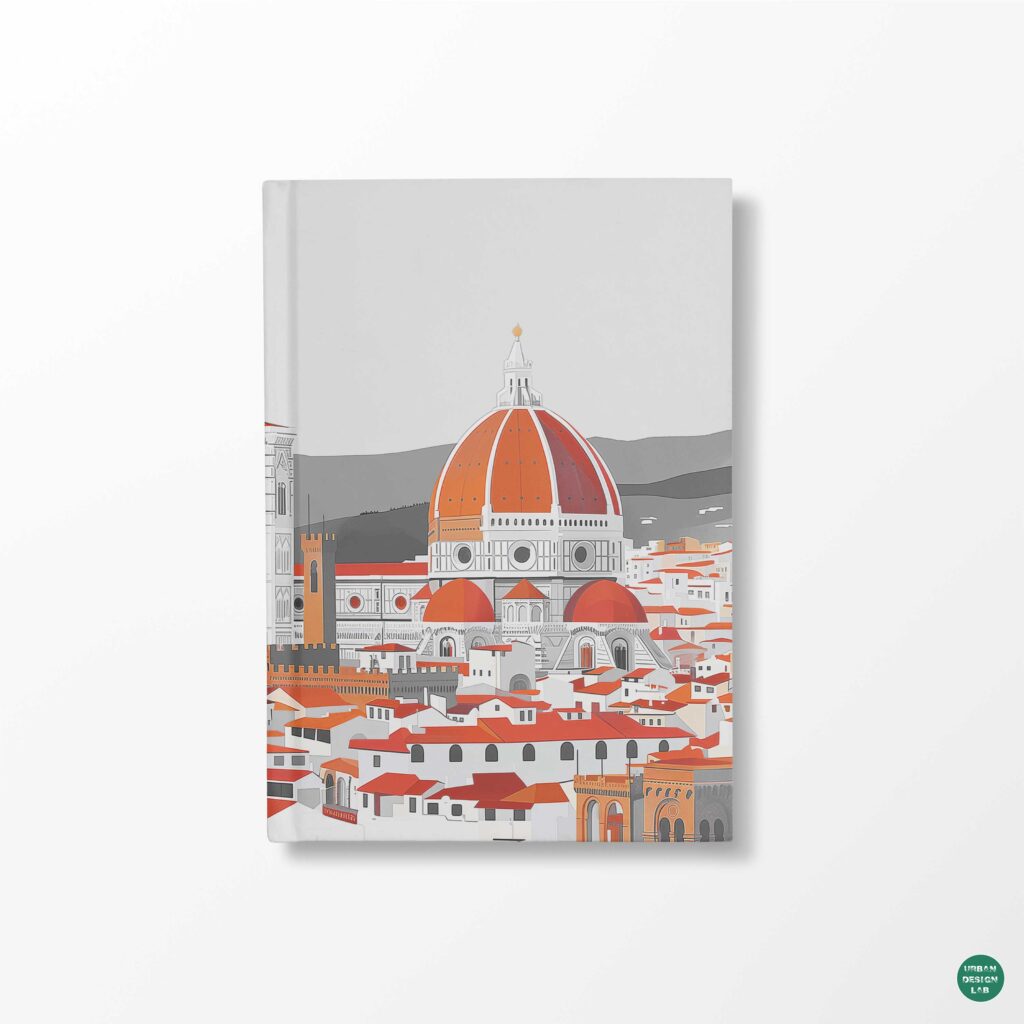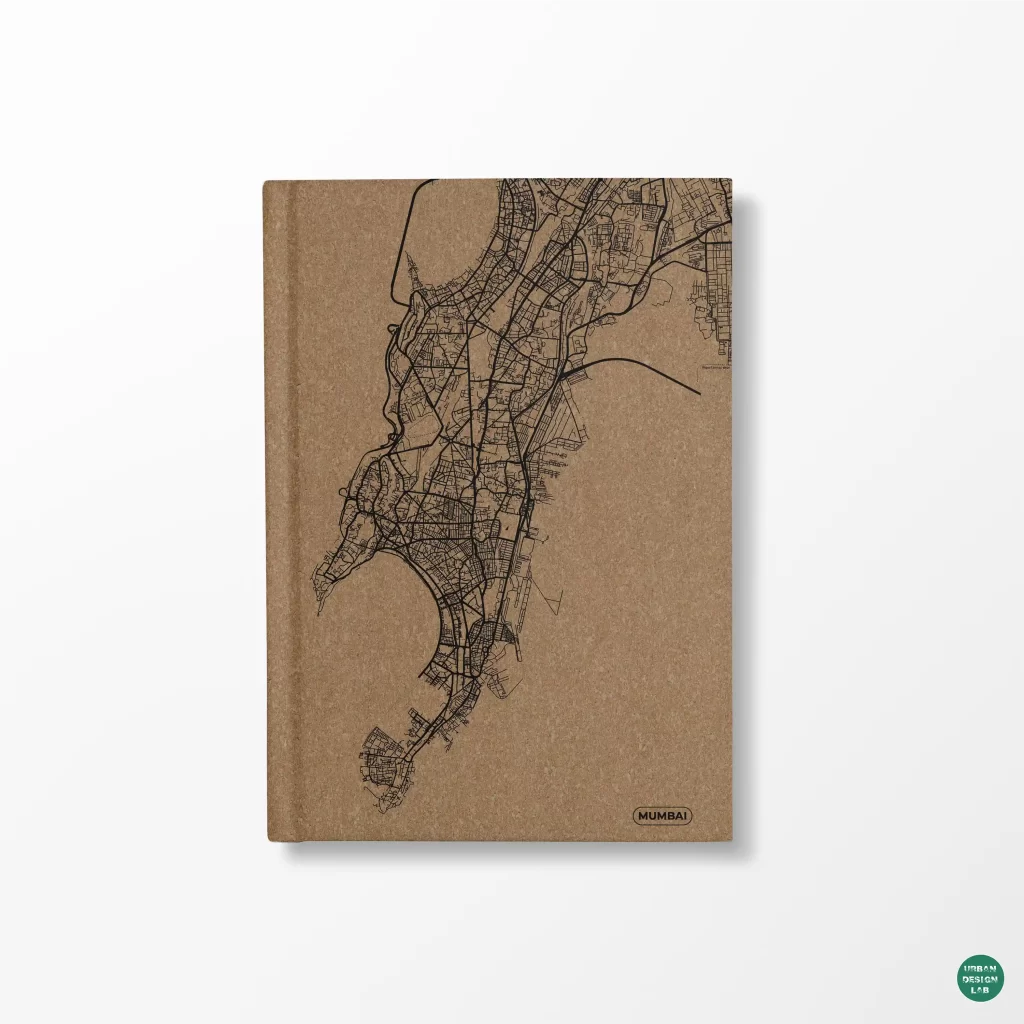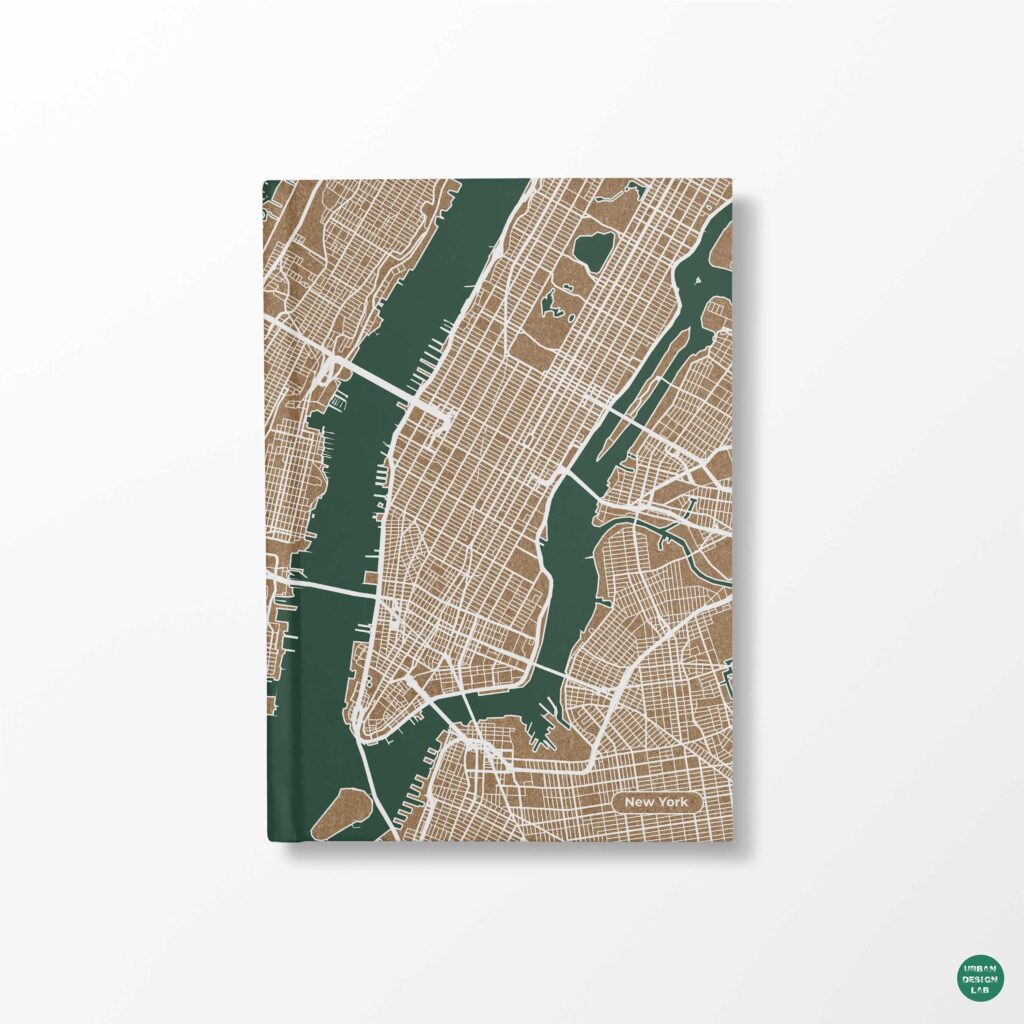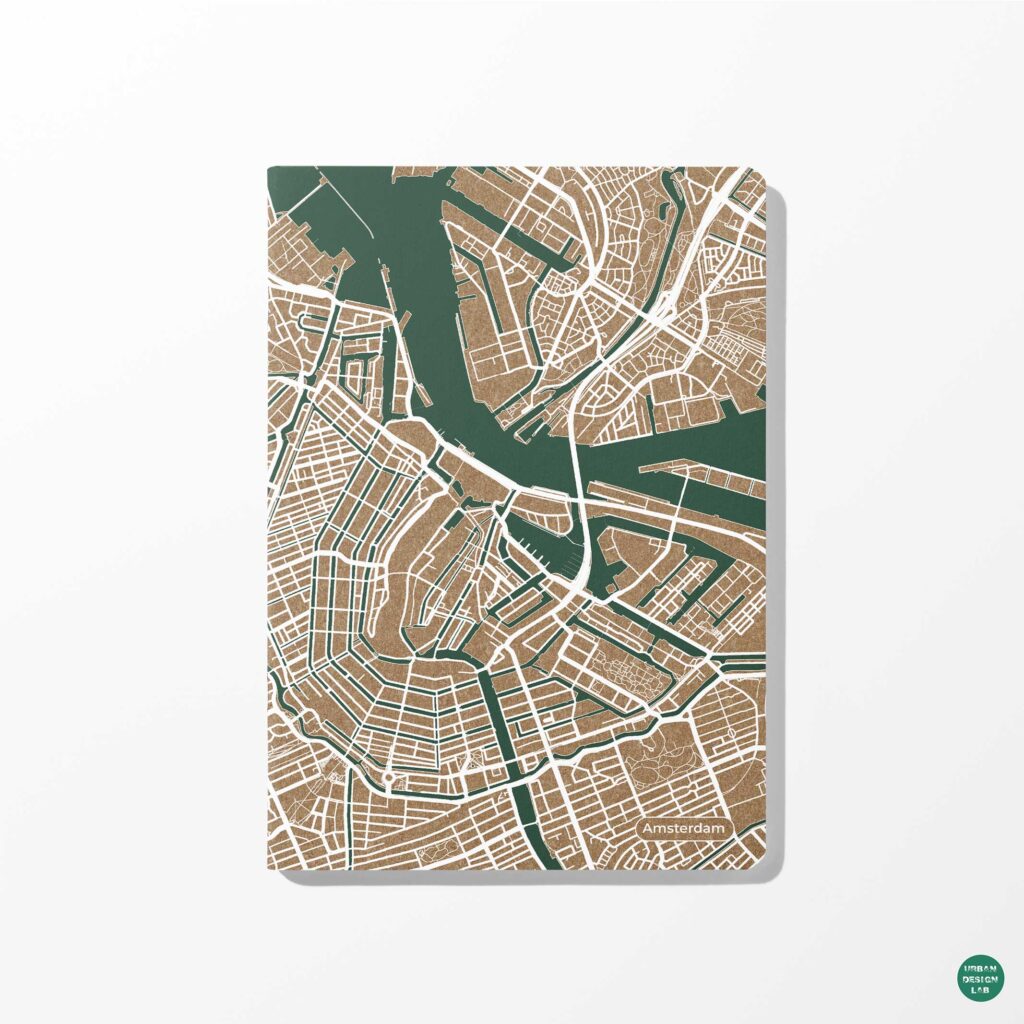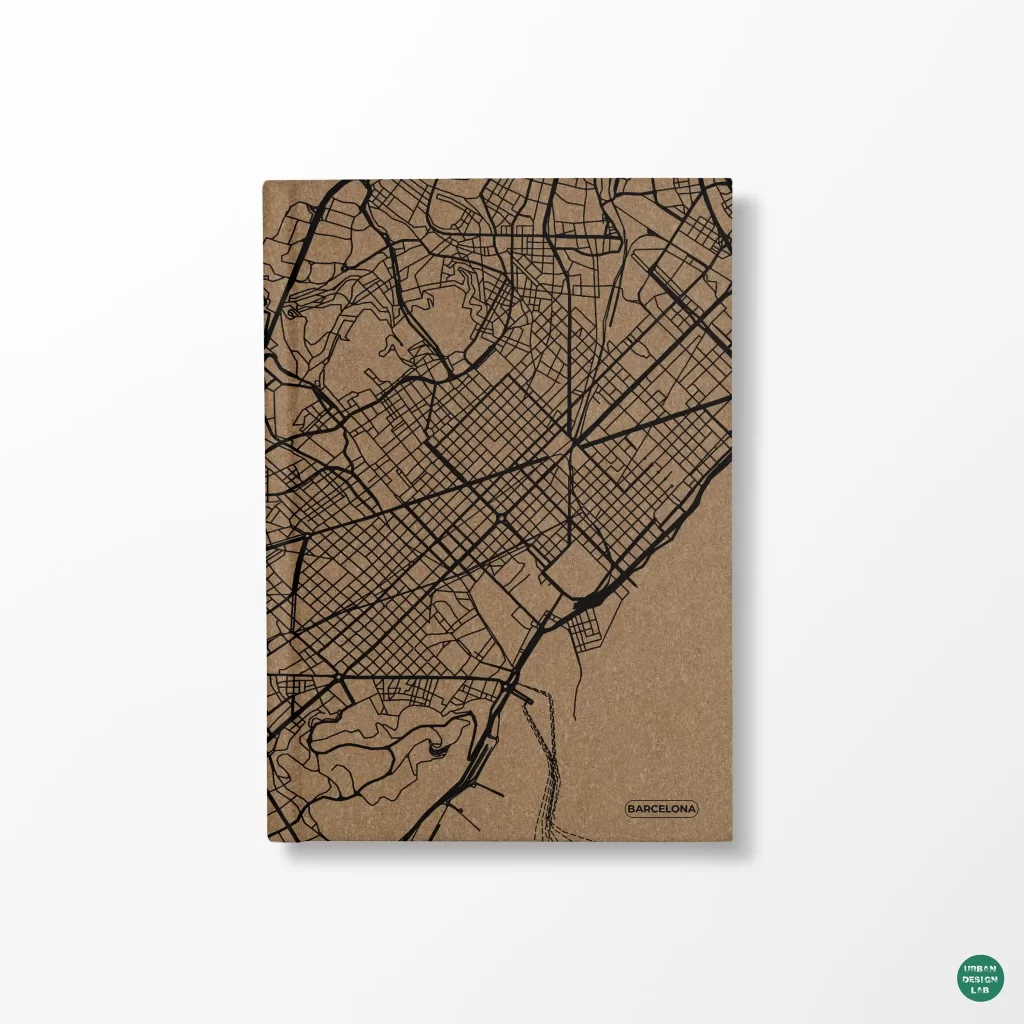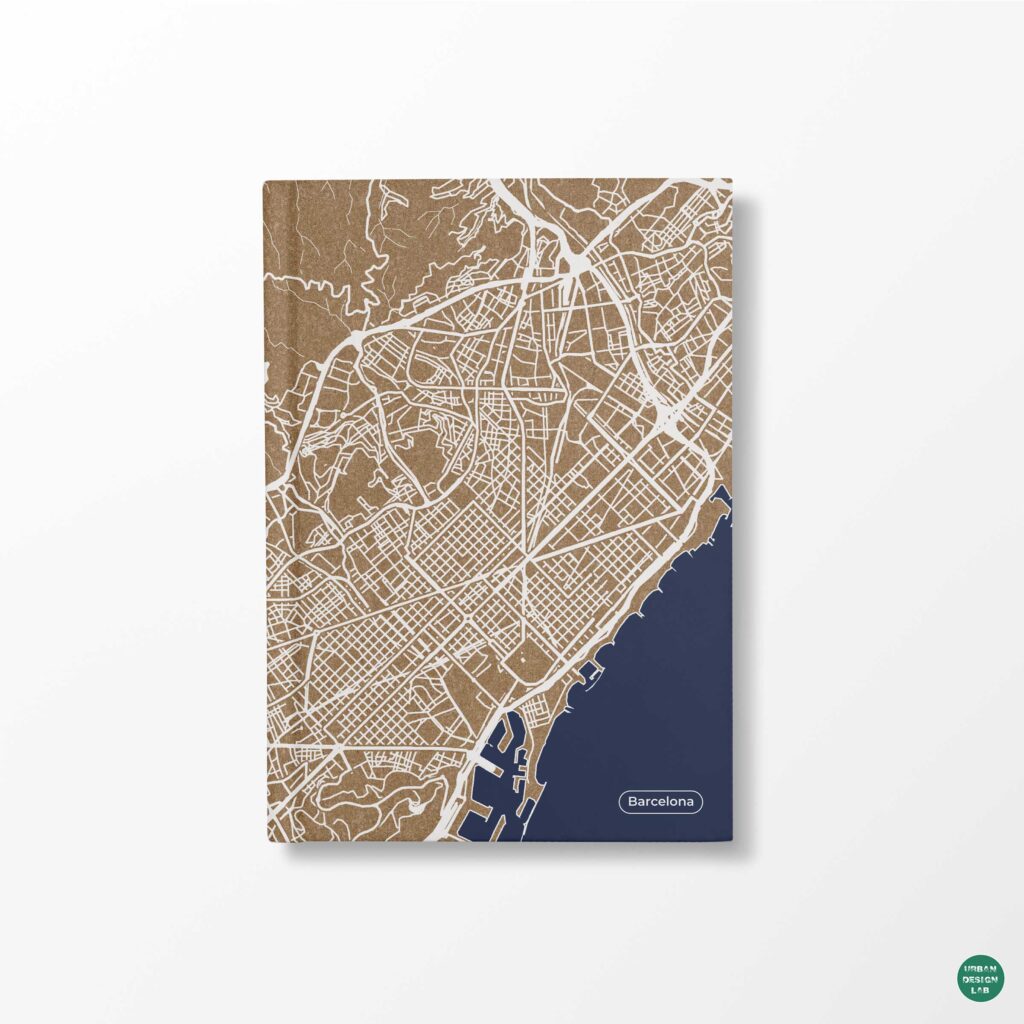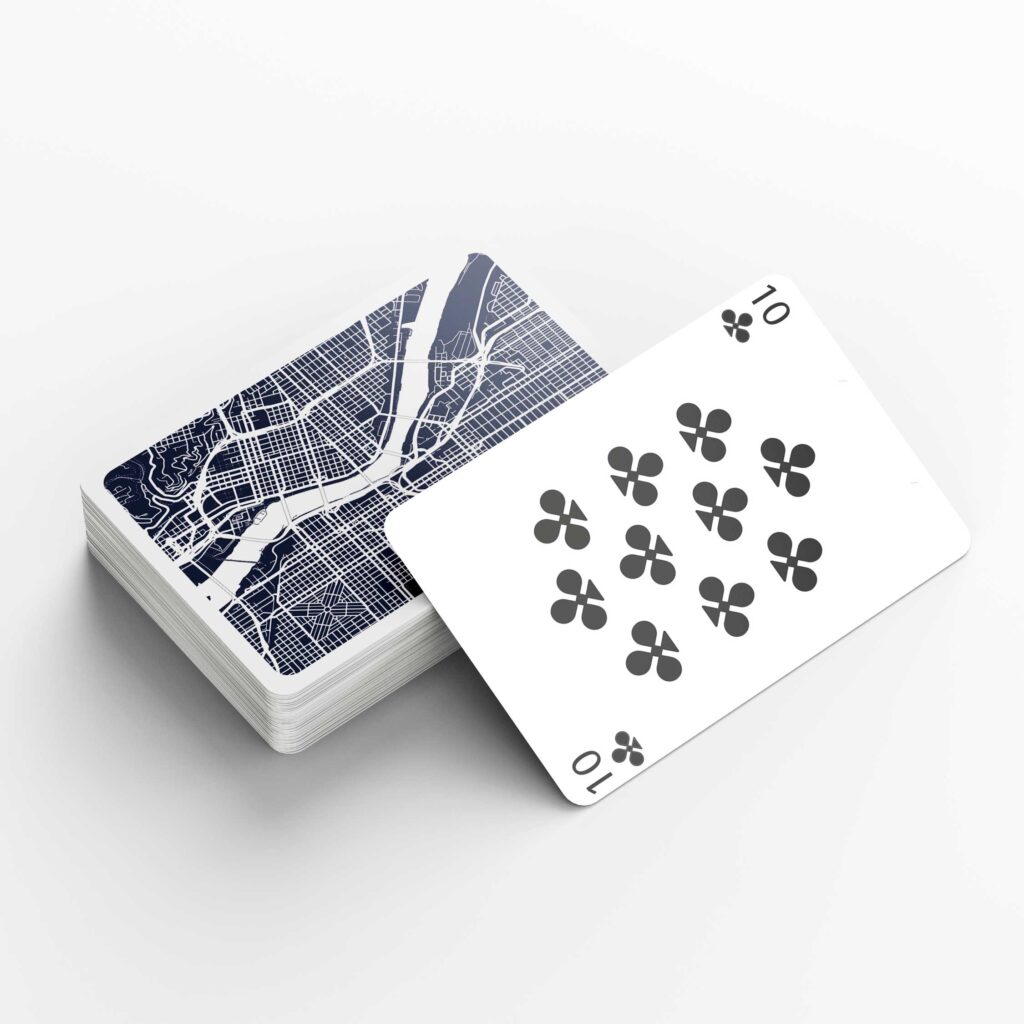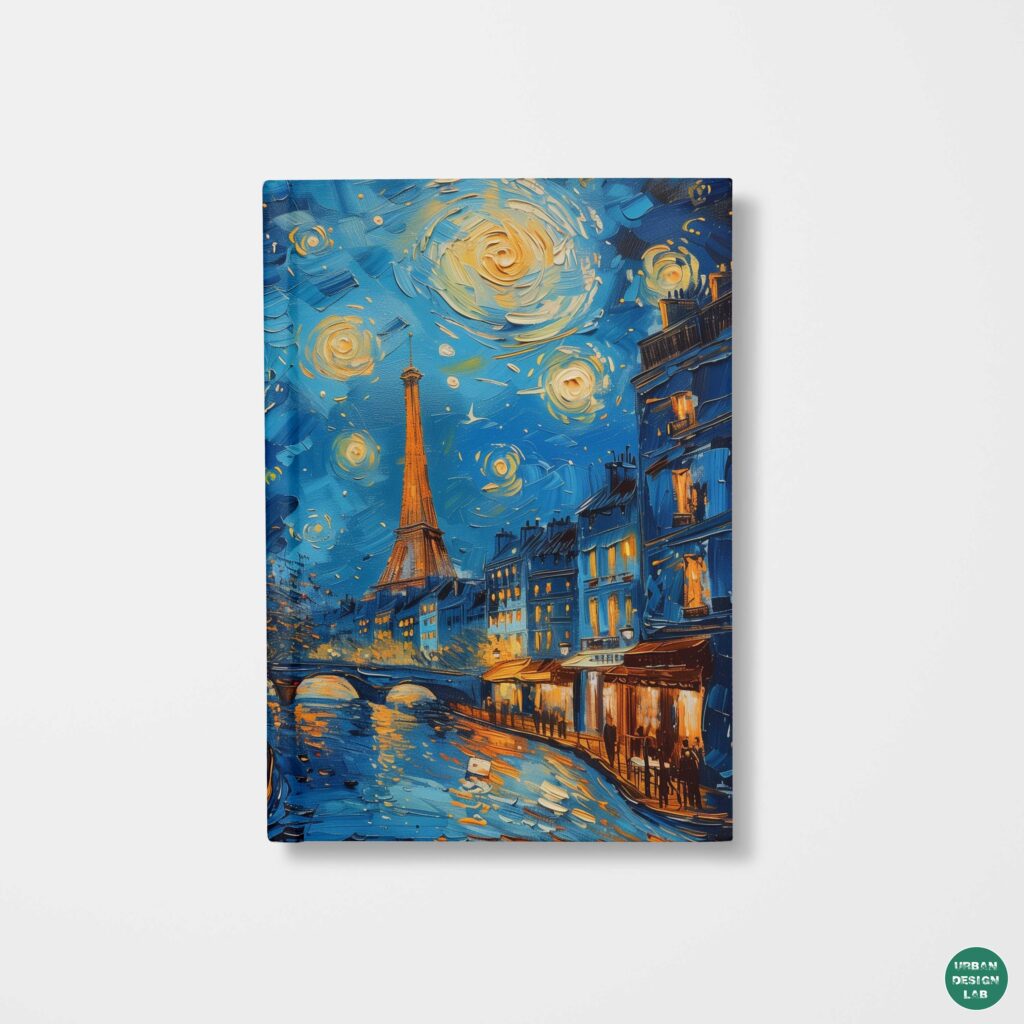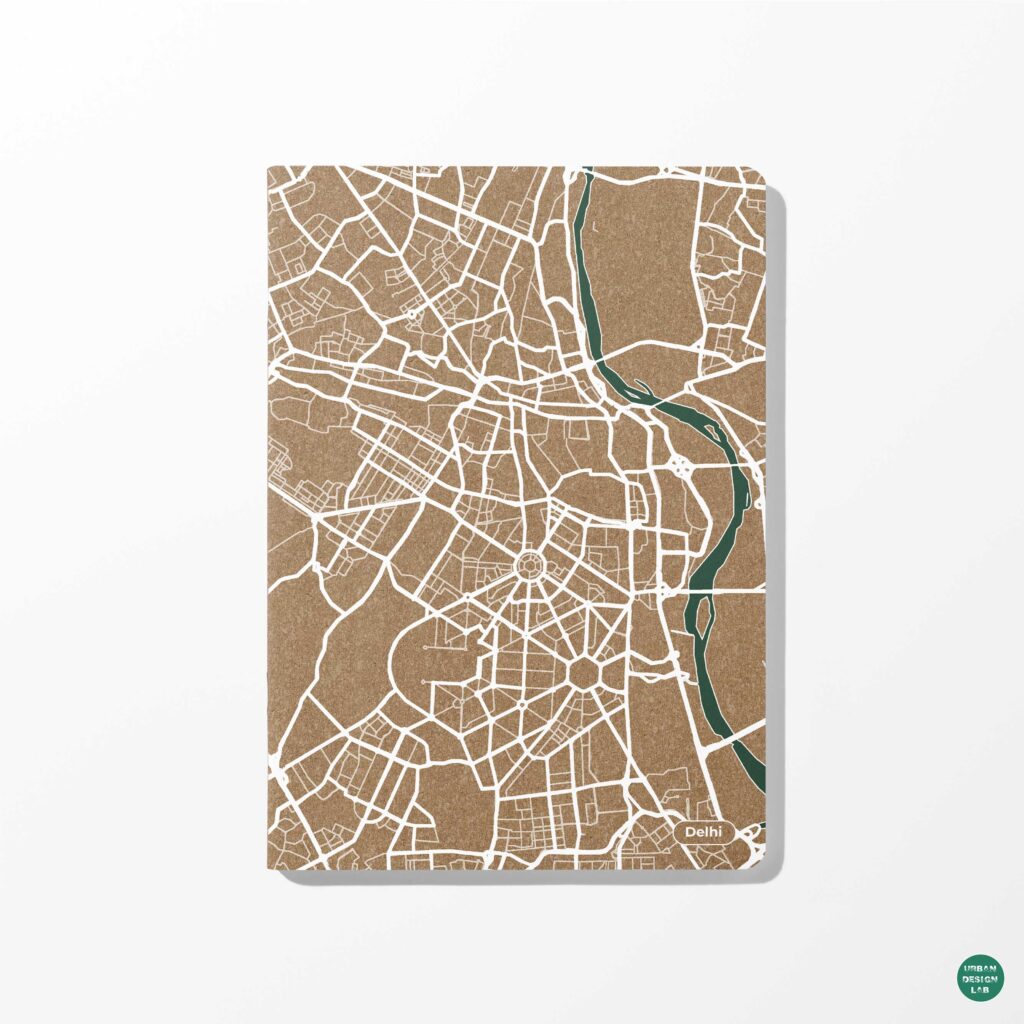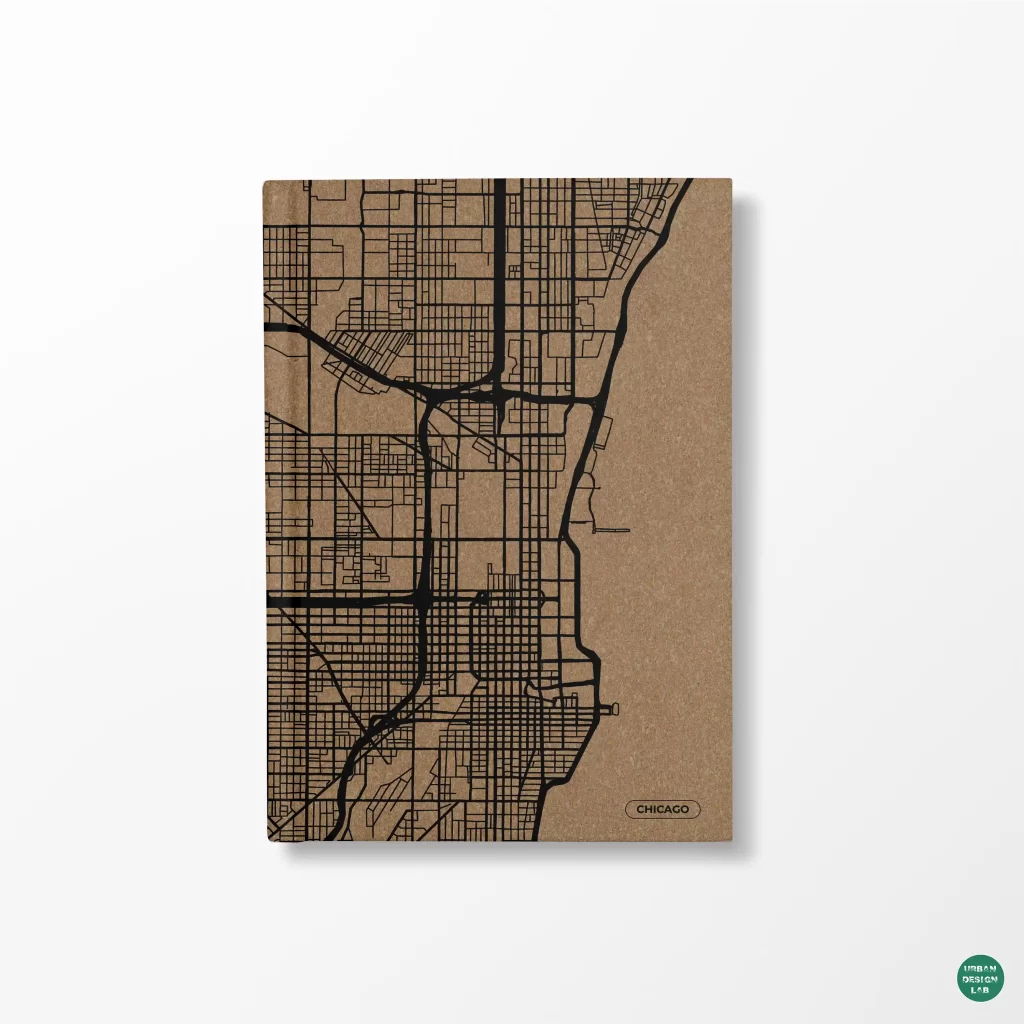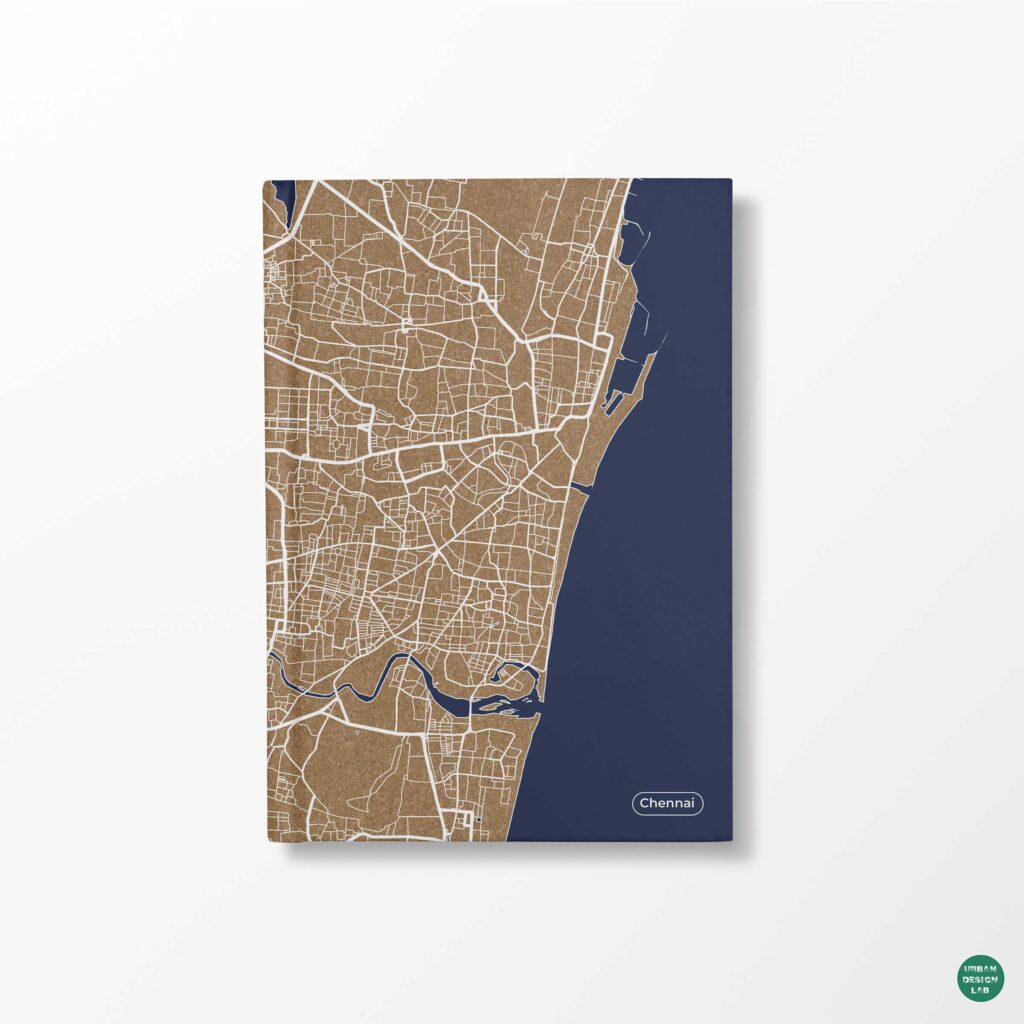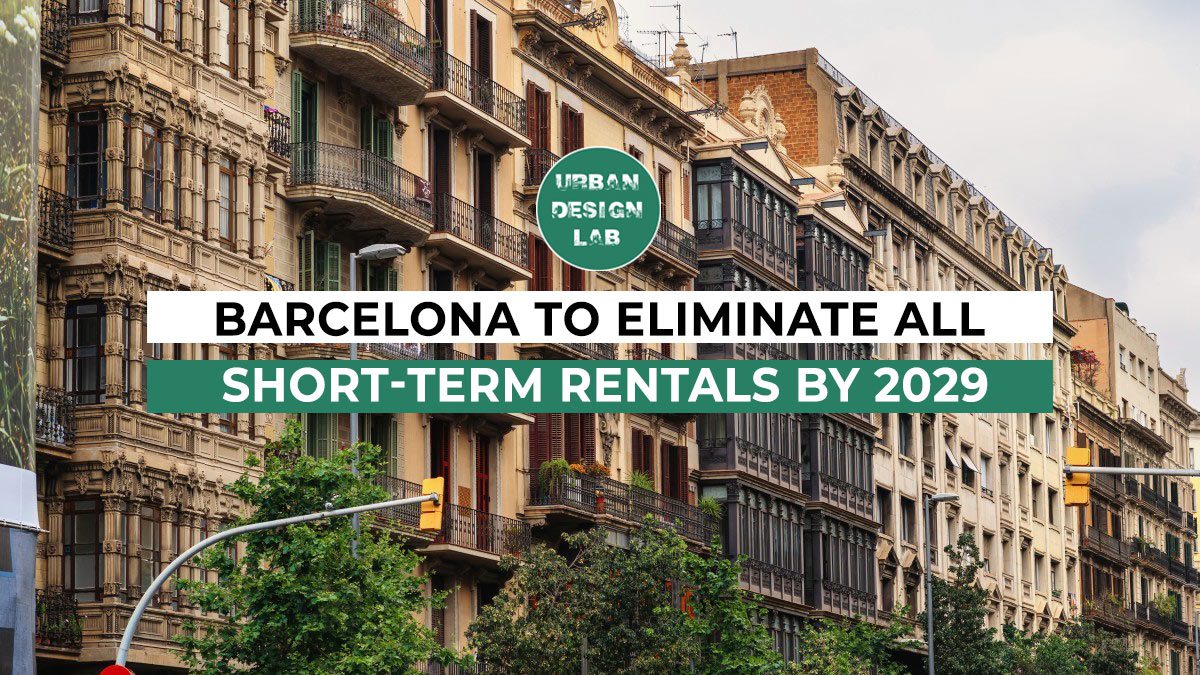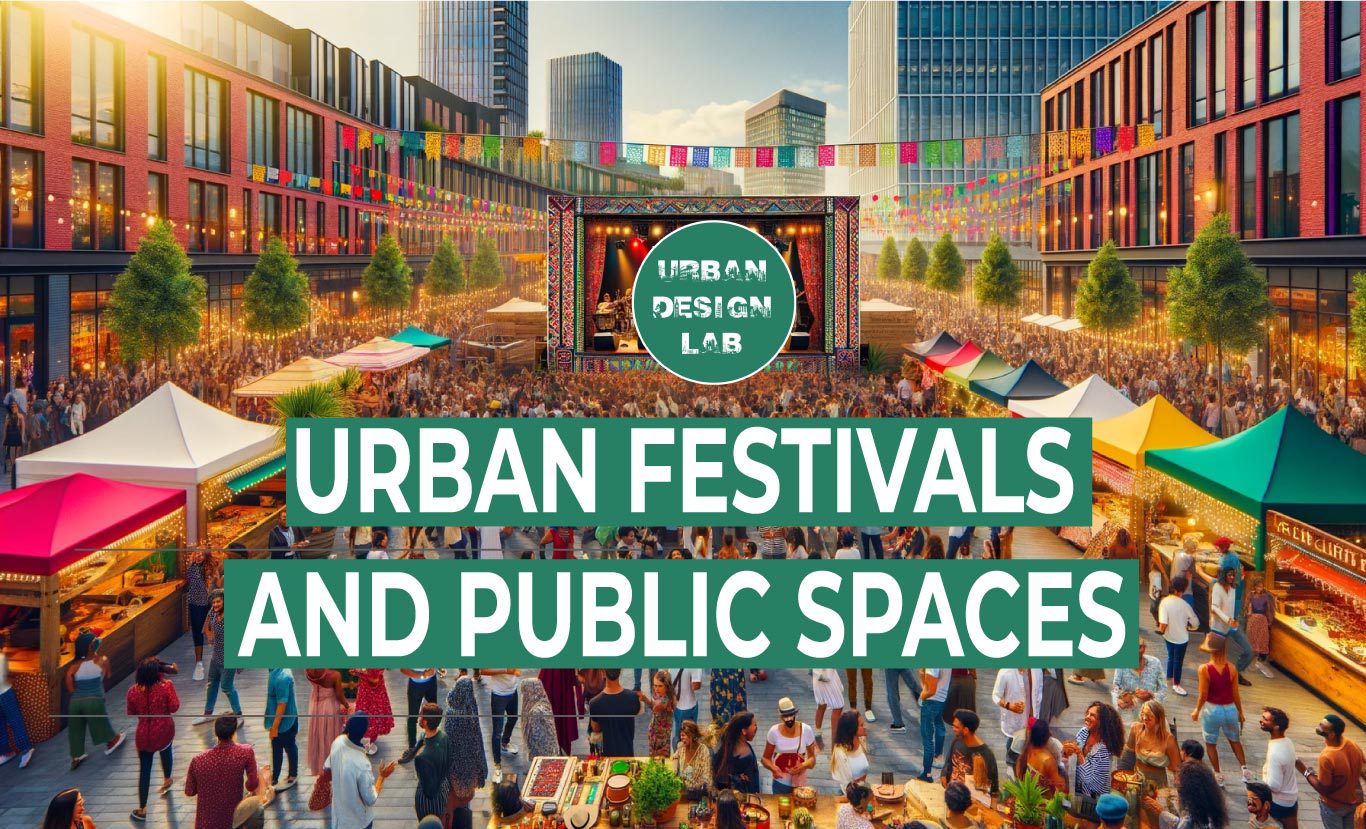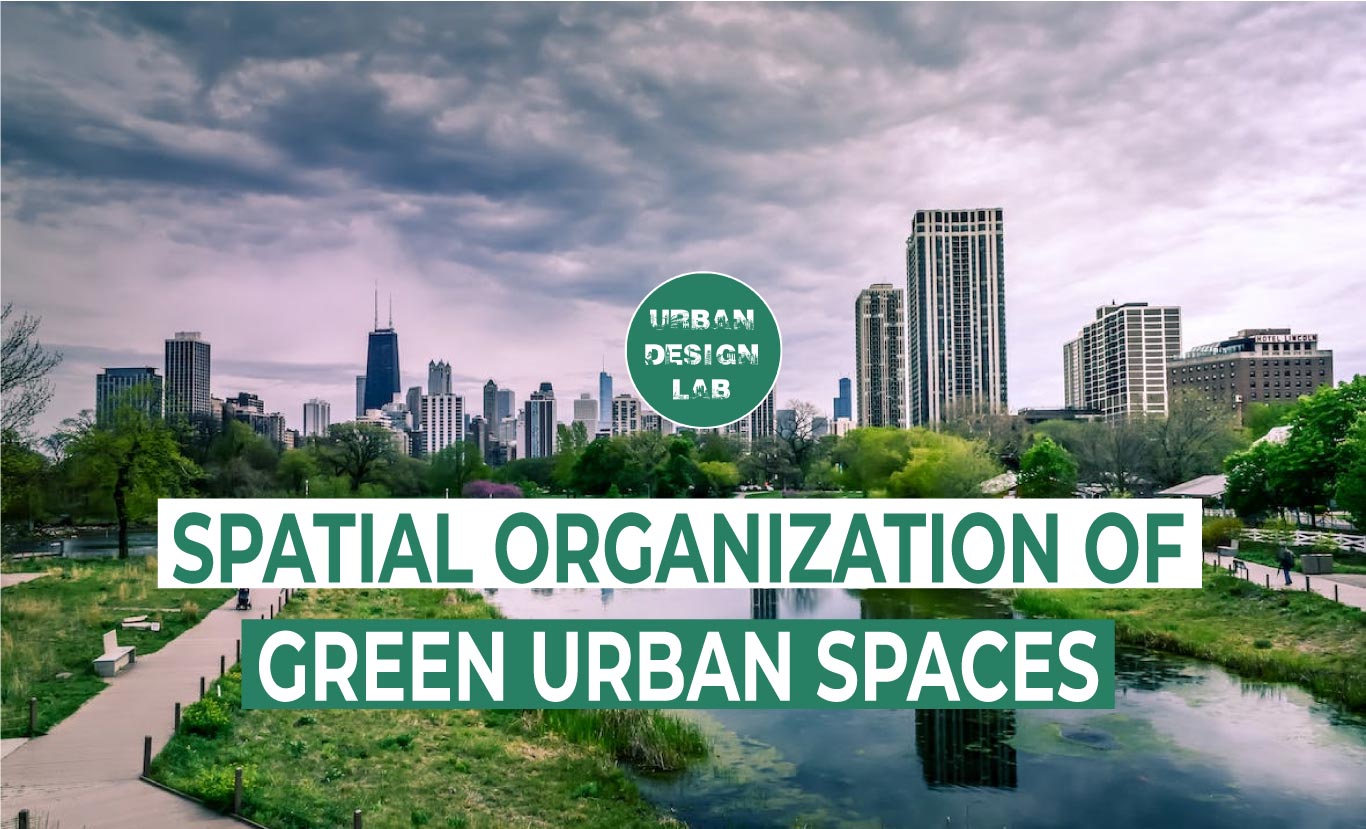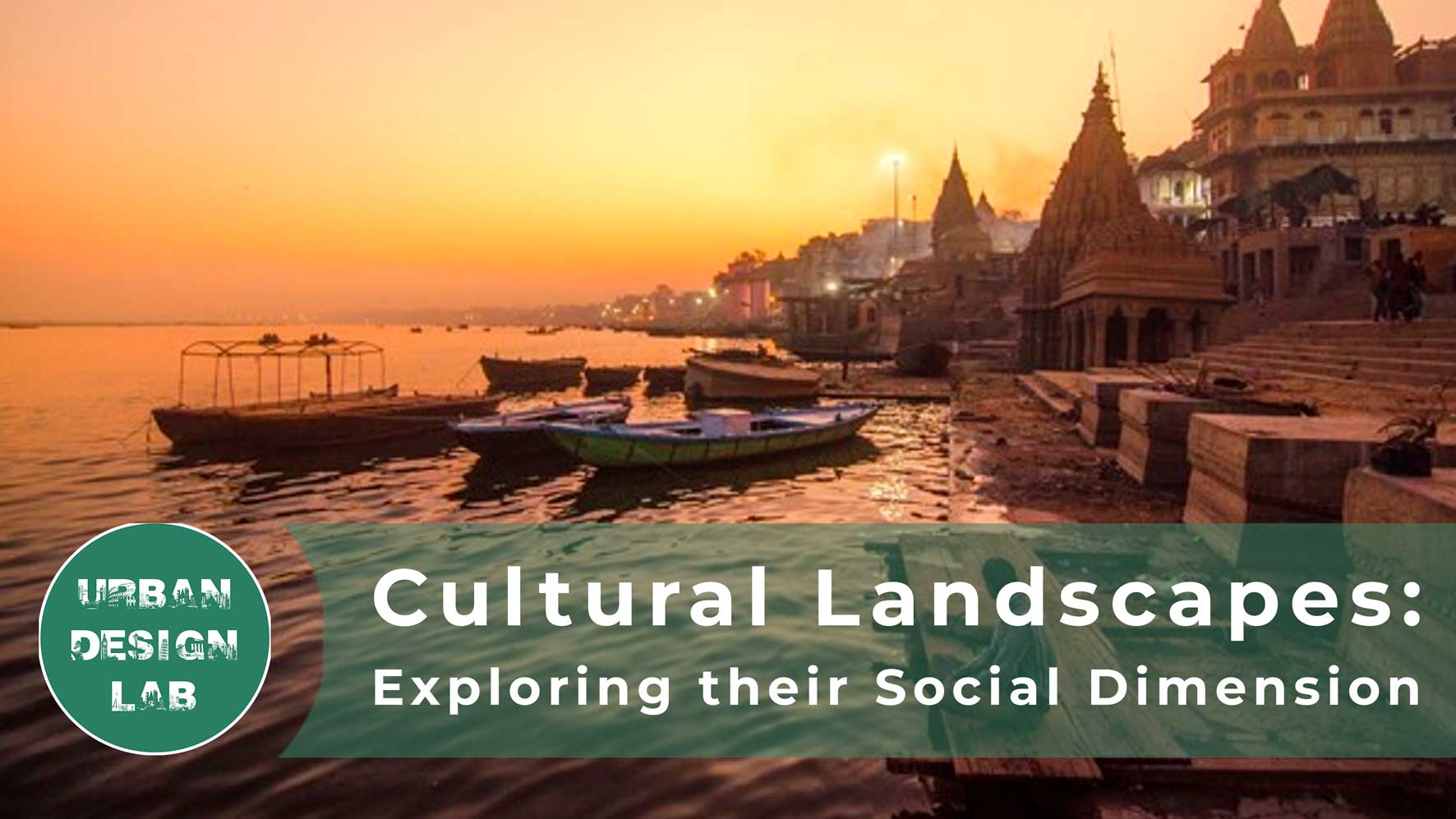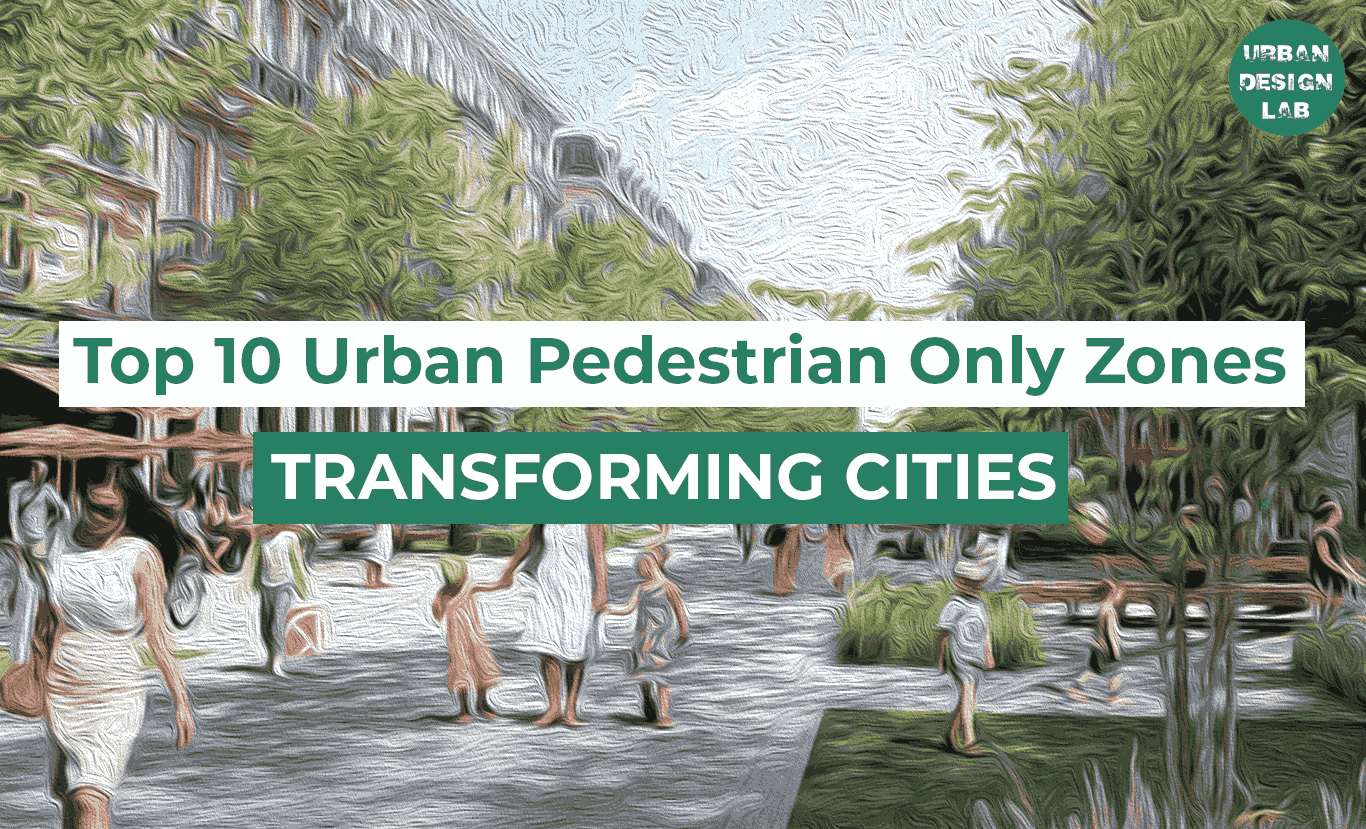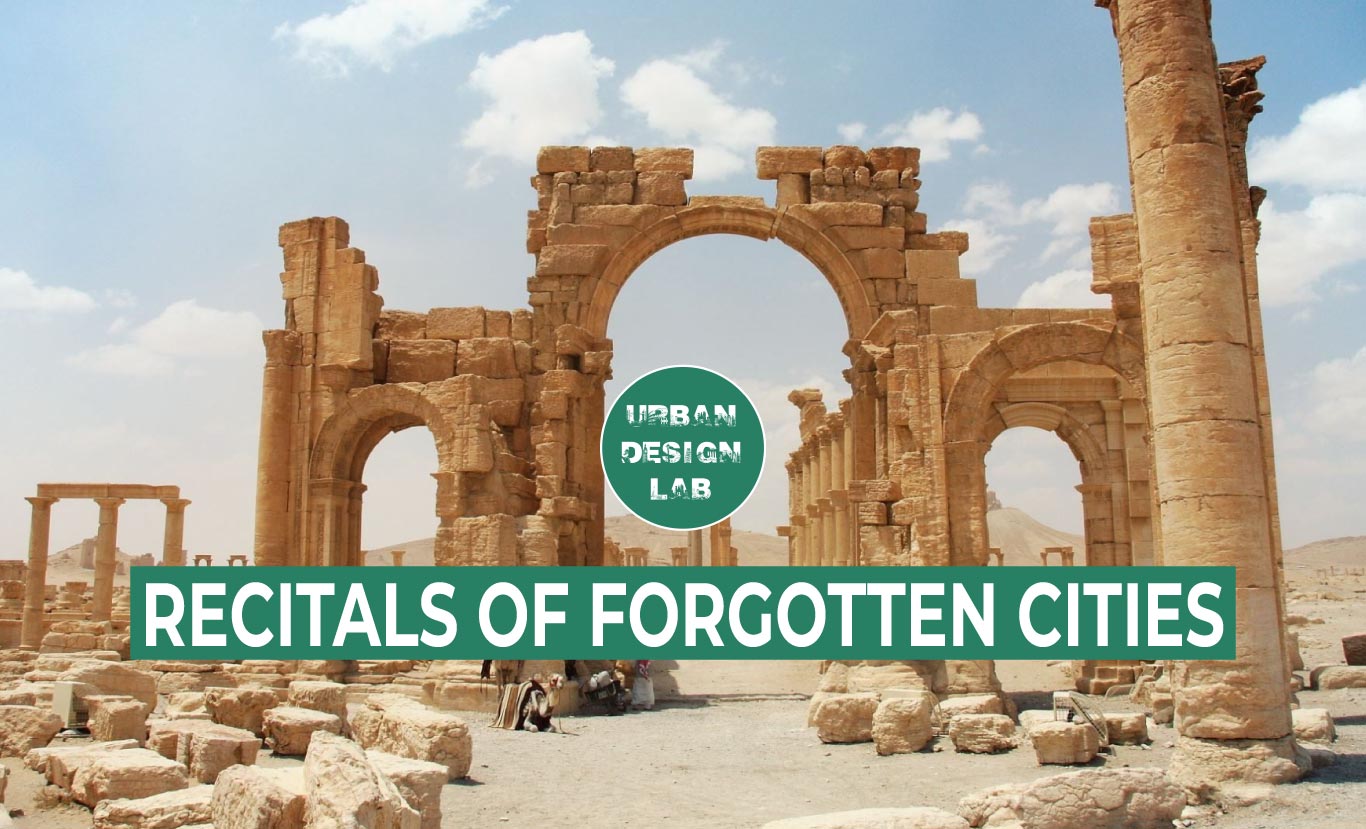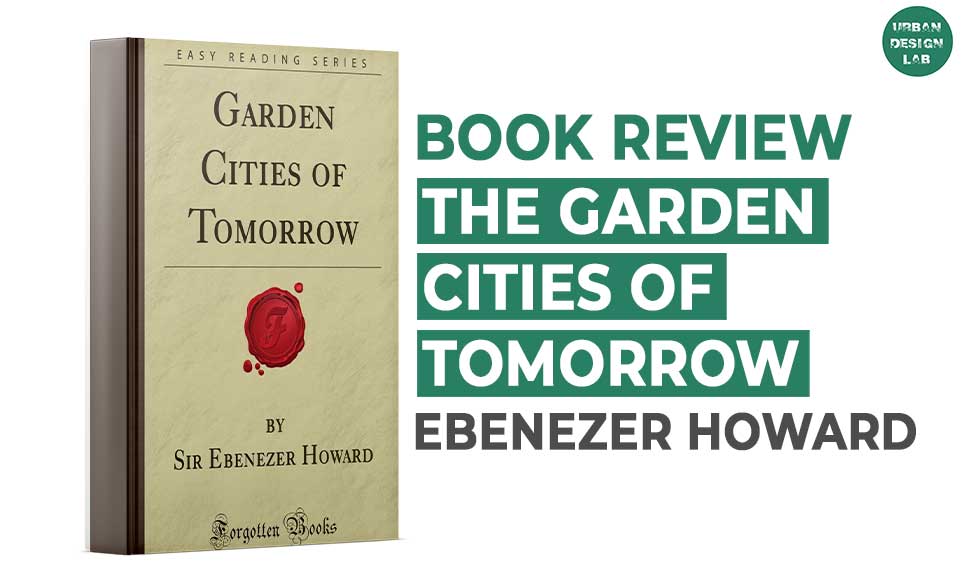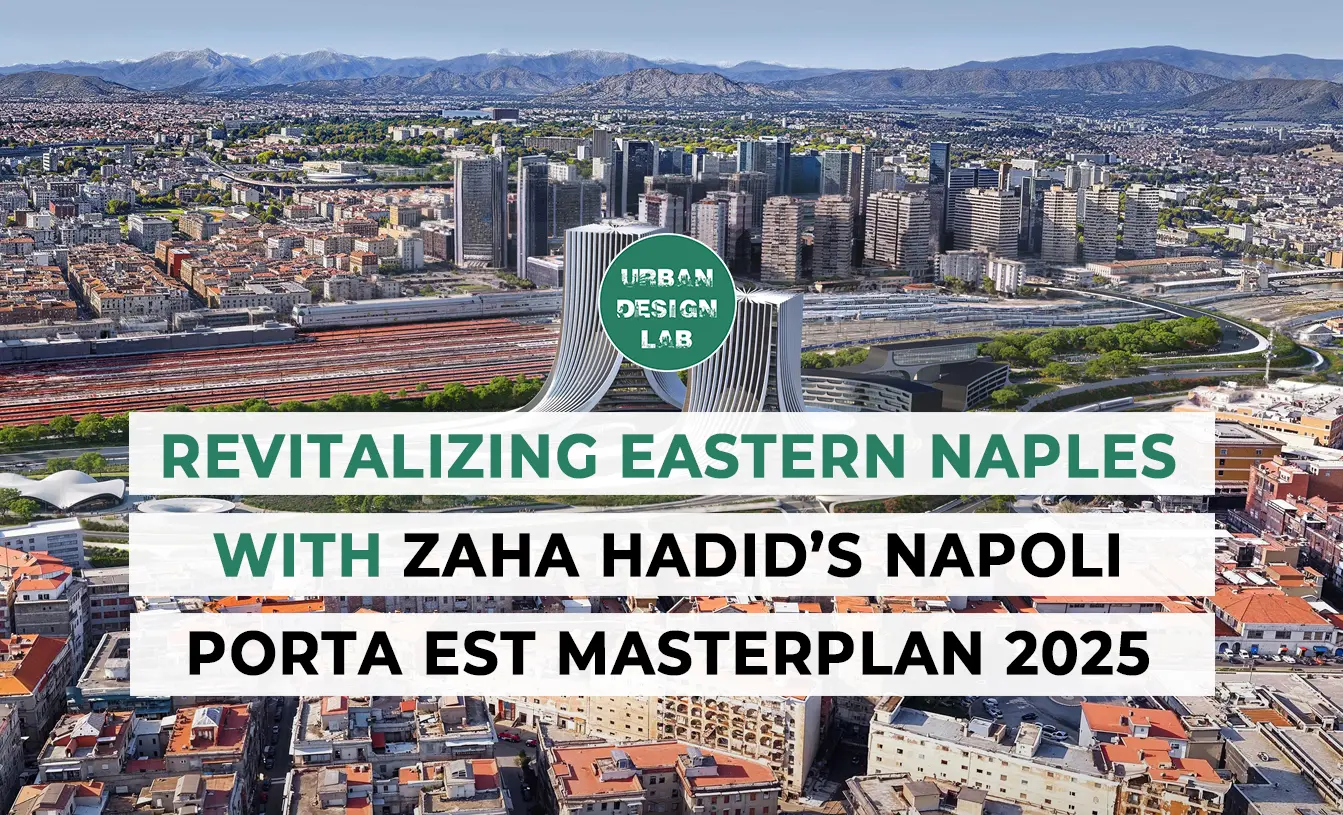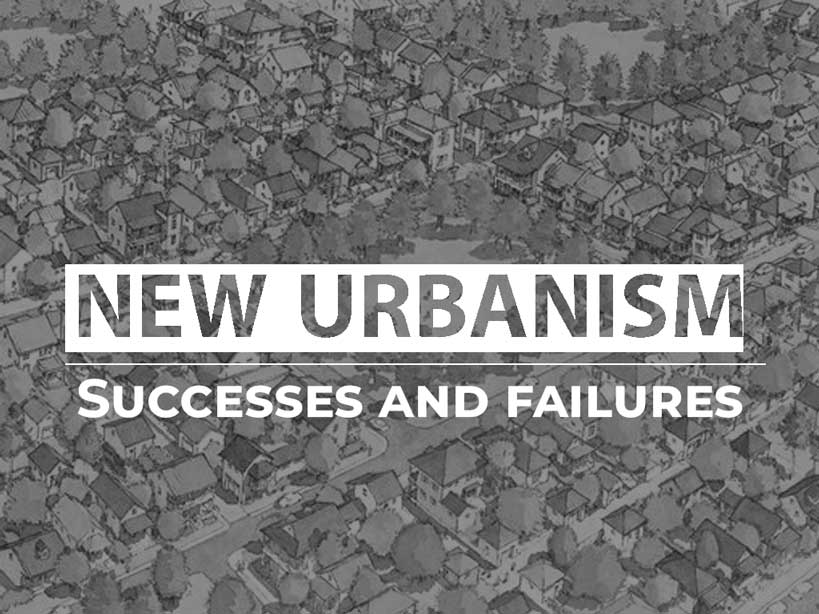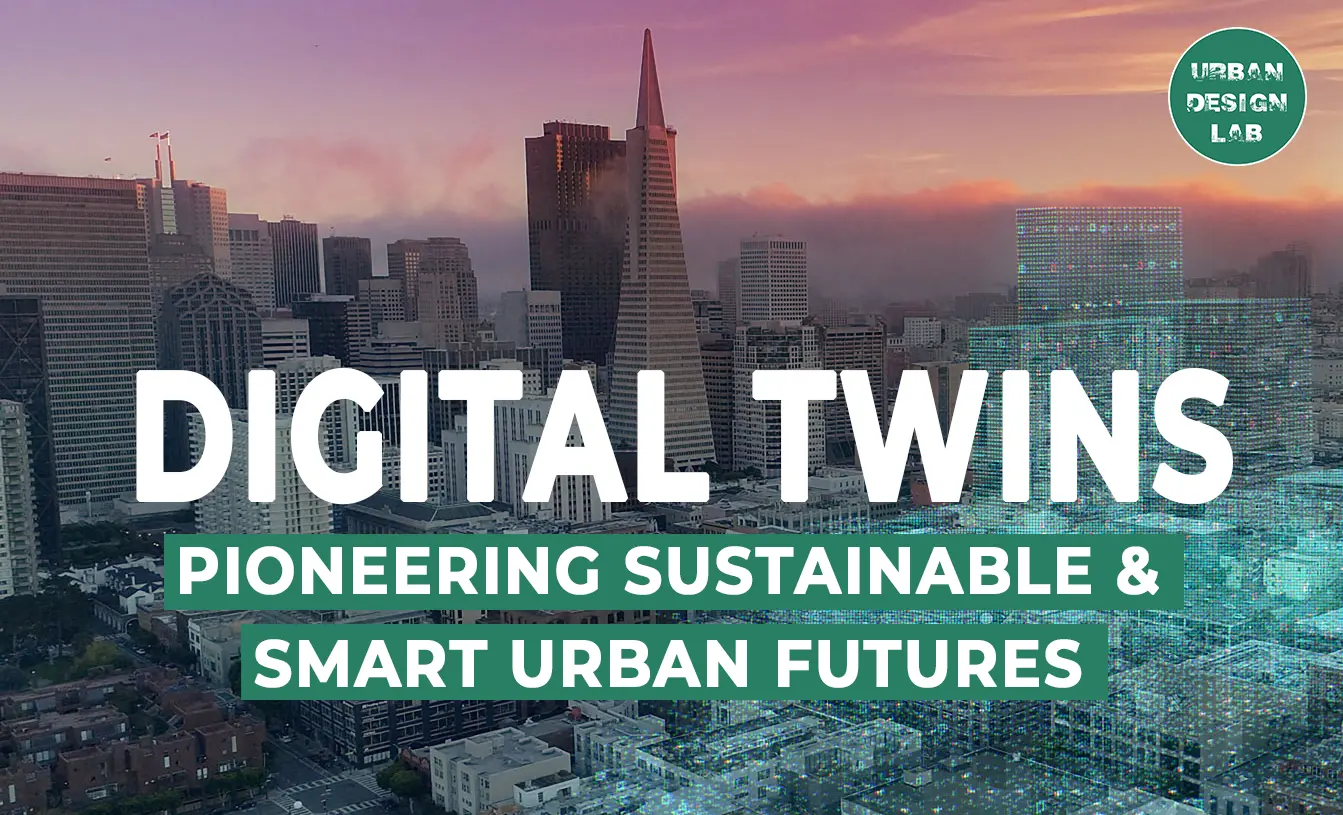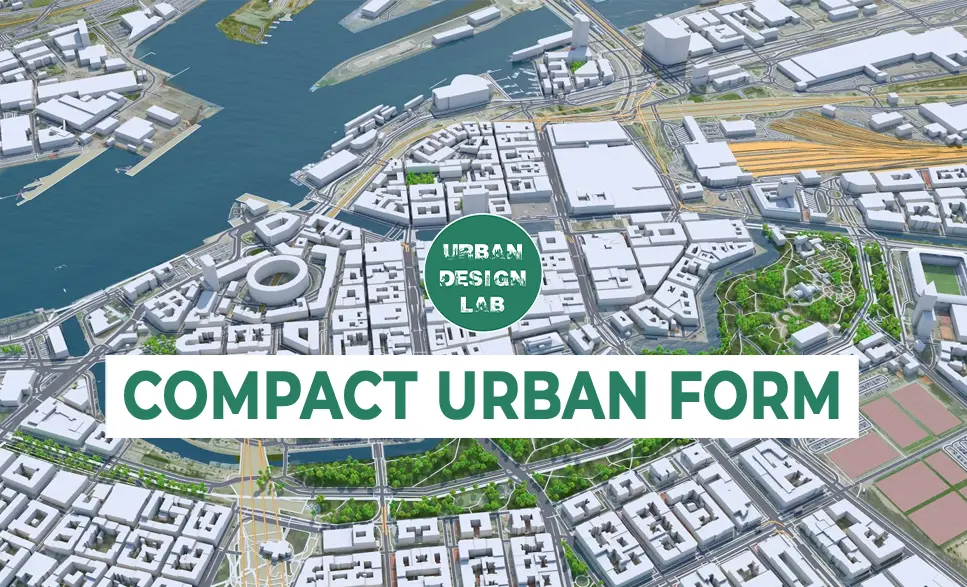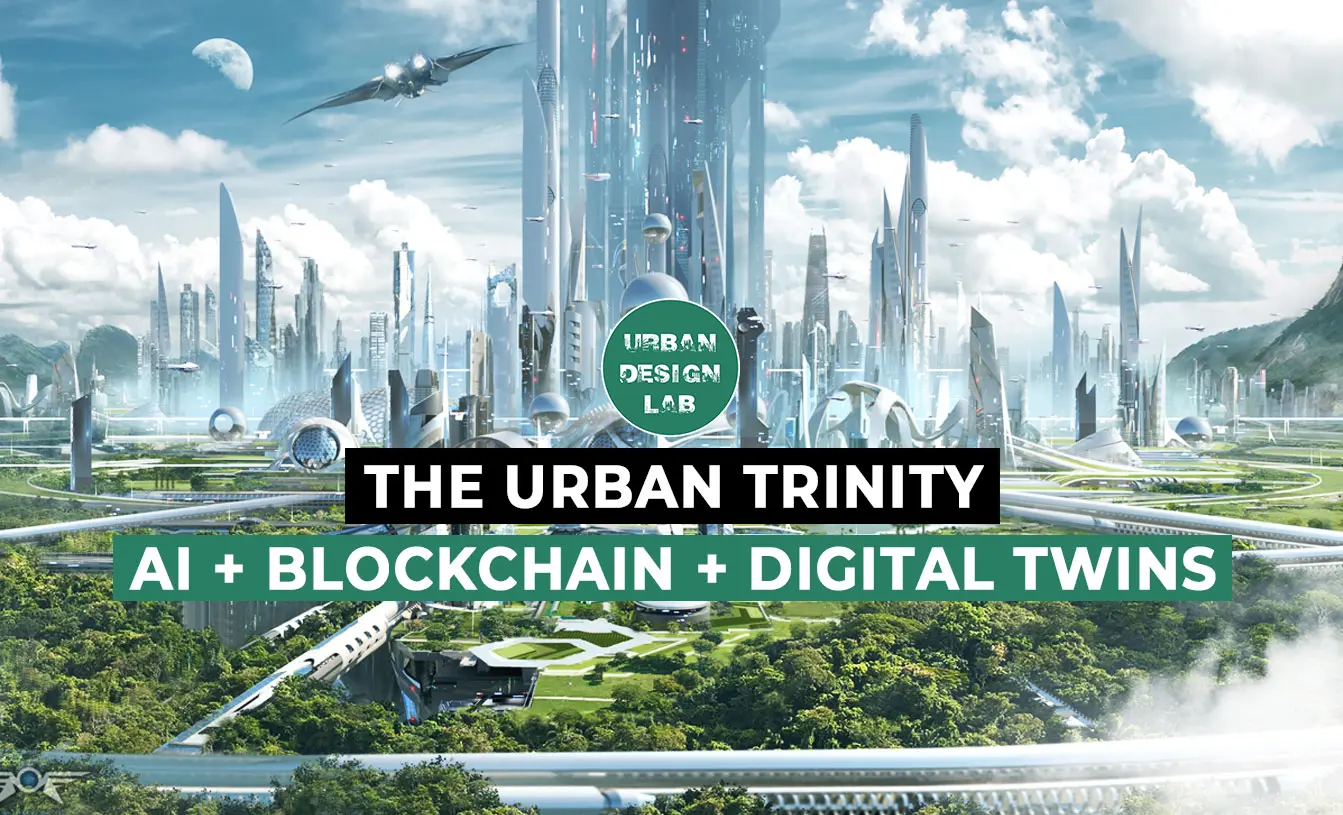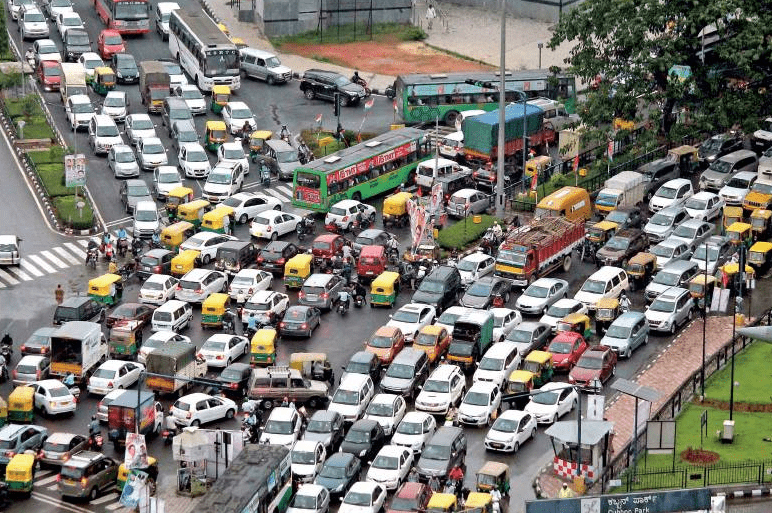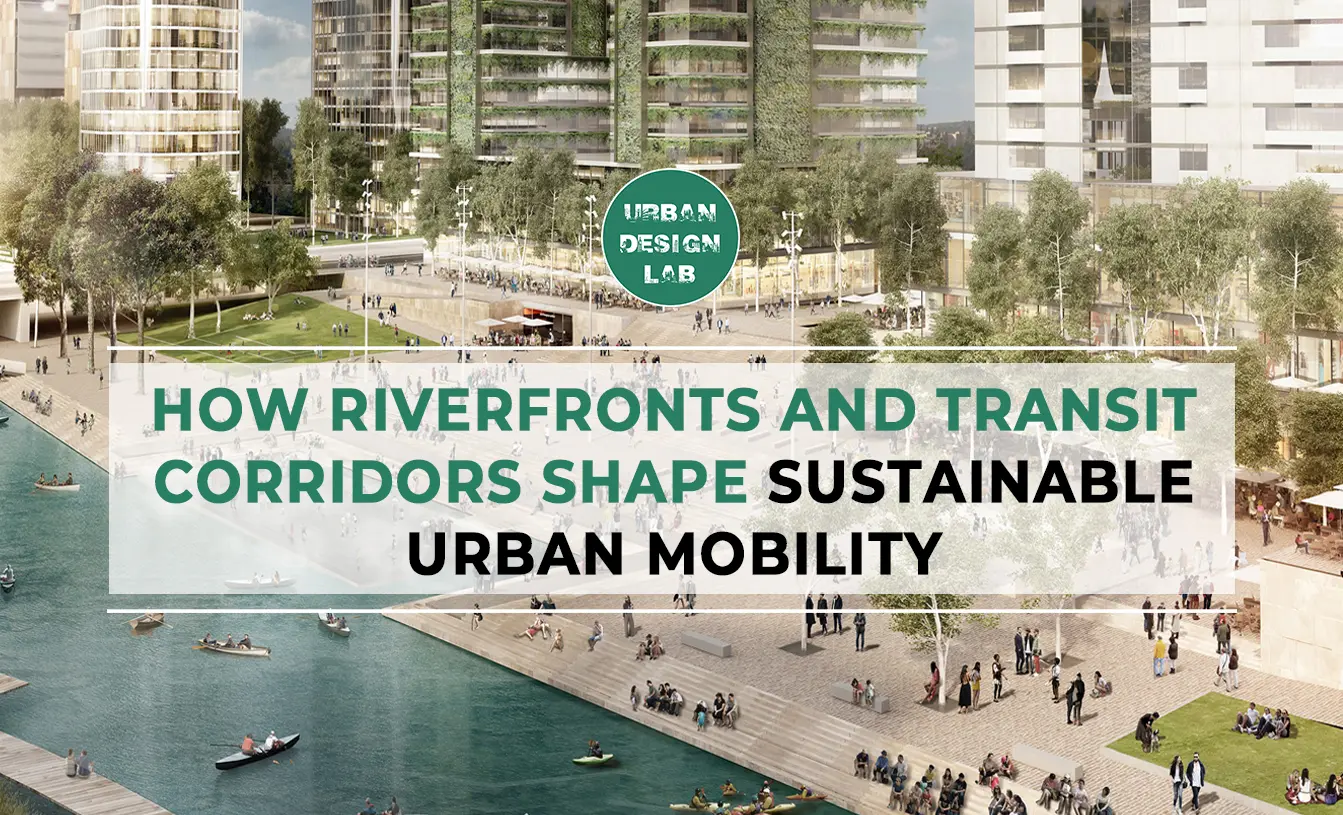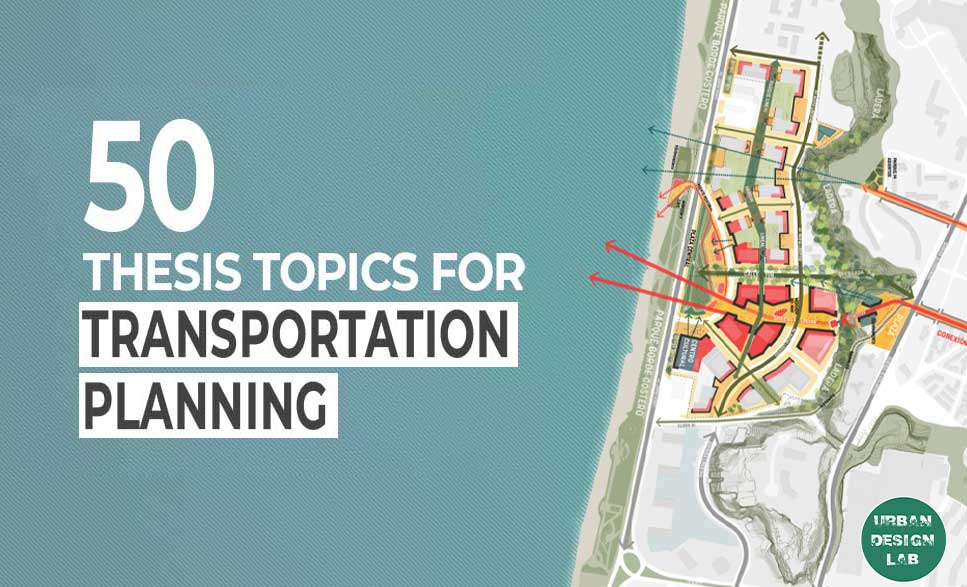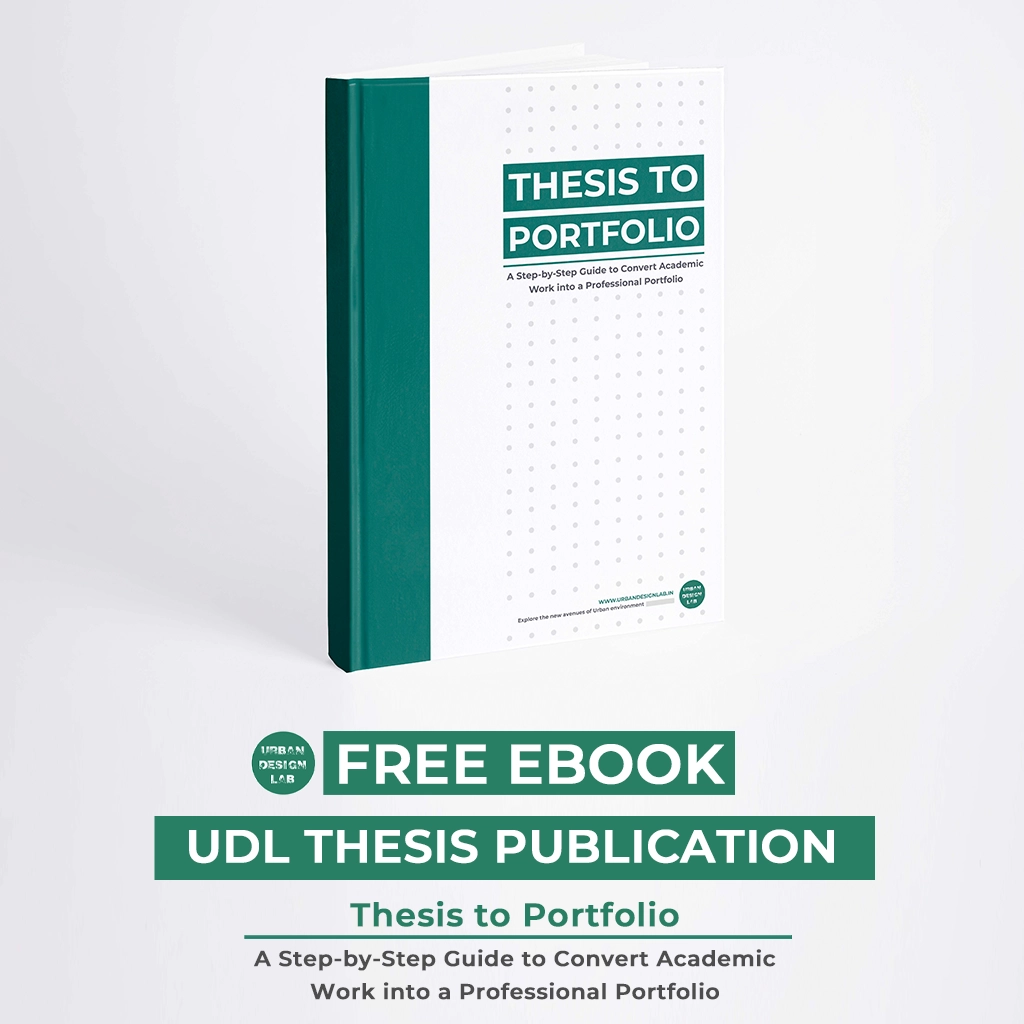
Ganga Riverfront Varanasi: Heritage, Ritual, Tourism Balance
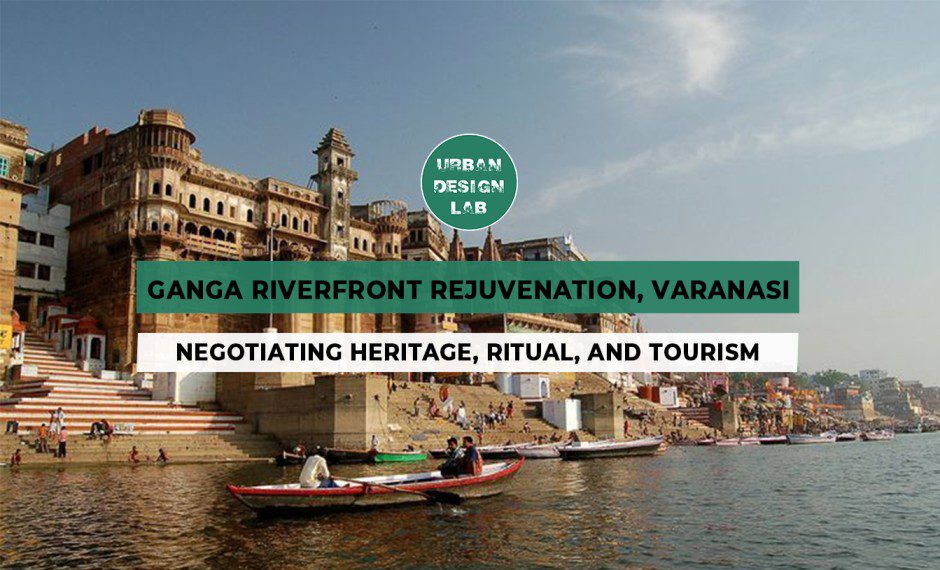
The rejuvenation of the Ganga Riverfront in Varanasi is one of India’s most significant urban transformation initiatives, shaped by the city’s ancient spiritual traditions, evolving civic needs, and growing tourism pressures. As one of the world’s oldest continuously inhabited cities, Varanasi’s identity is deeply enmeshed with the ritual life of the Ganga ghats. The project’s aim is not merely to enhance infrastructure but to reinstate the ecological and cultural vibrancy of the riverfront while carefully introducing accessibility and modern facilities.
This article examines how architectural and urban design interventions can sensitively respond to the intangible heritage of this sacred landscape. It reflects on how design can manage visitor inflow, maintain ritual sanctity, and elevate public life, all without erasing the spirit embedded in the ghats. With a nuanced lens into place, identity, and memory, the Varanasi riverfront serves as a vital model for culturally aware regeneration in heritage-rich environments.
Sacred Landscape and Urban Identity
The riverfront in Varanasi is not just a civic boundary but a sacred terrain, where daily rituals and spiritual beliefs are spatially inscribed. The ghats act as ceremonial thresholds, symbolically connecting land to water and earthly existence to the divine. Intervening in such a charged landscape requires architectural restraint and insight. The design approach must retain the spontaneous, informal qualities of the site while acknowledging its layered meanings. The emotive core that gives the ghats their unique character could be destroyed by over-formalization or aesthetic standardisation.
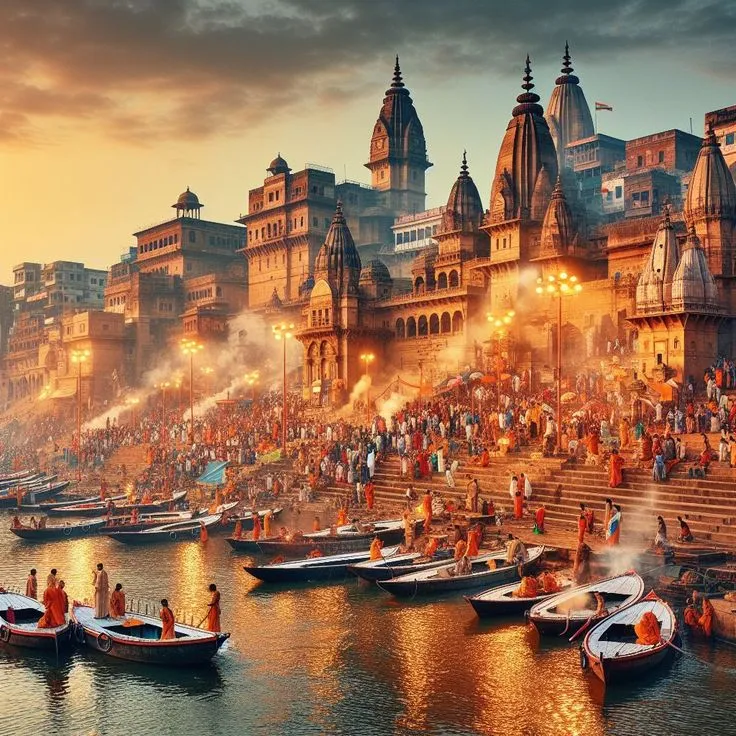
Ritual Flows and Everyday Use
The temporal nature of rituals along the river from sunrise prayers to cremations, demands spaces that remain fluid and adaptable throughout the day and across seasons. Architects must accommodate these shifts in use and intensity without imposing rigidity. Improvements such as graded access paths, ambient lighting, and ramps have been introduced, but care must be taken to preserve the organic rhythms of the riverbank and avoid displacing sacred customs or informal practices that form the soul of the space.

Source: Website Link
Tourism and Sacred Authenticity
Tourism brings visibility and revenue, yet it also risks turning living spiritual traditions into spectacles. The challenge for designers is to mediate this tension by creating inclusive public realms that honour the sacred while welcoming diverse users.
Infrastructure like signage, shaded rest areas, and circulation routes must be carefully designed to remain background elements that support rather than overshadow the ritual and cultural life of the ghats.
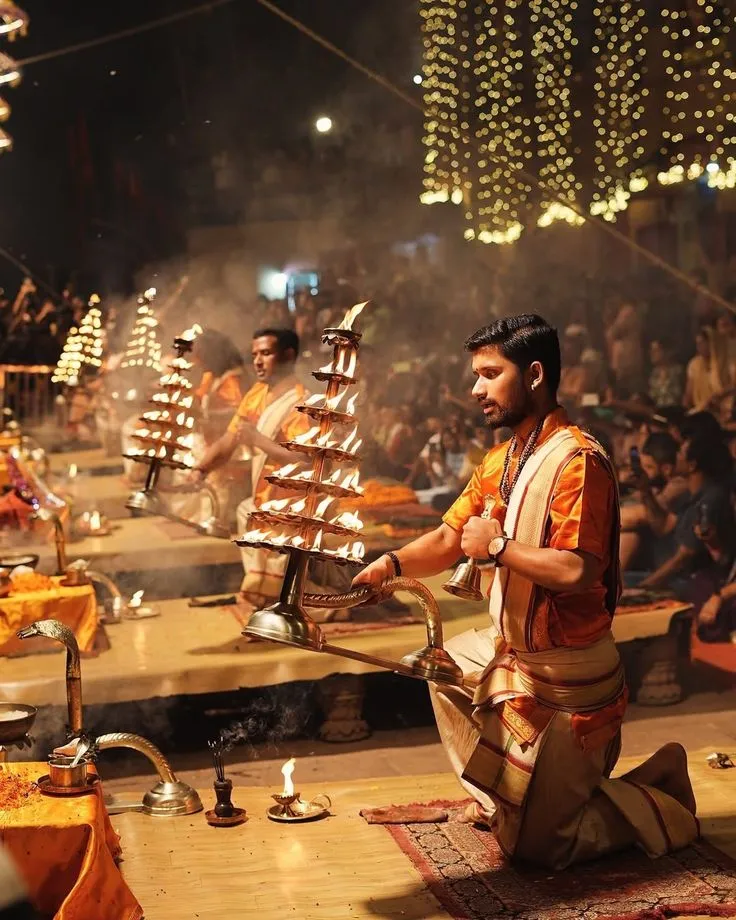
Infrastructure without Disruption
Essential services waste management, sewage systems, flood defenses are key to the riverfront’s sustainable future. However, such interventions must be embedded carefully, respecting the historic grain of the riverbank.
Materials should be locally sourced and of low embodied energy, and construction techniques should favour reversibility to allow future generations to adapt or reinterpret these additions without harming the heritage fabric.
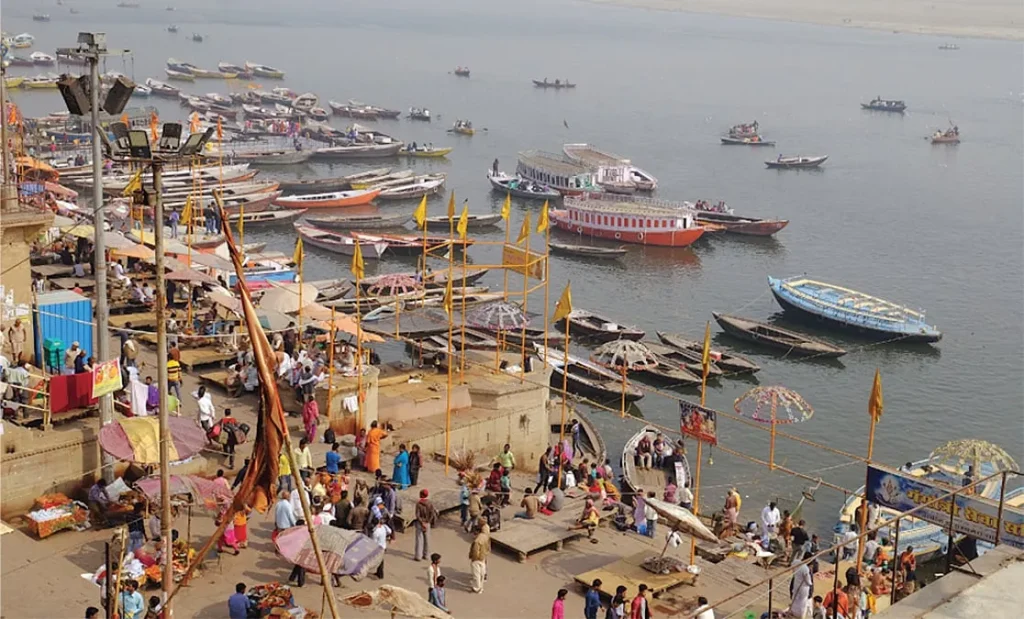
Community Participation and Local Knowledge
Long-term success hinges on involving those who know the site best: priests, boatmen, vendors, and local residents. Their tacit knowledge of spatial rhythms and cultural nuances can inform more grounded design solutions. Participatory design workshops, community-led discussions, and iterative feedback must become central to the planning process.
Co-production ensures that the riverfront remains a lived, rather than imposed, landscape.
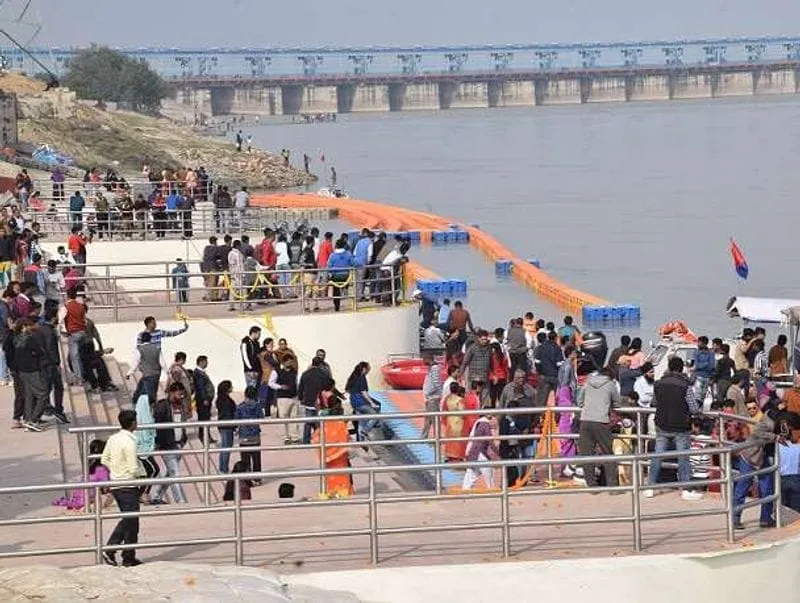
Learning from Traditional Ecologies
The historical design of Varanasi’s ghats embedded ecological wisdom where stone paving allowed permeability, steps responded to seasonal flooding, and vegetation offered cooling. By revisiting these vernacular practices, architects today can integrate green buffers, passive cooling systems, and stormwater management to adapt the site for a changing climate.
This synergy between past knowledge and present challenges enhances both resilience and cultural continuity.
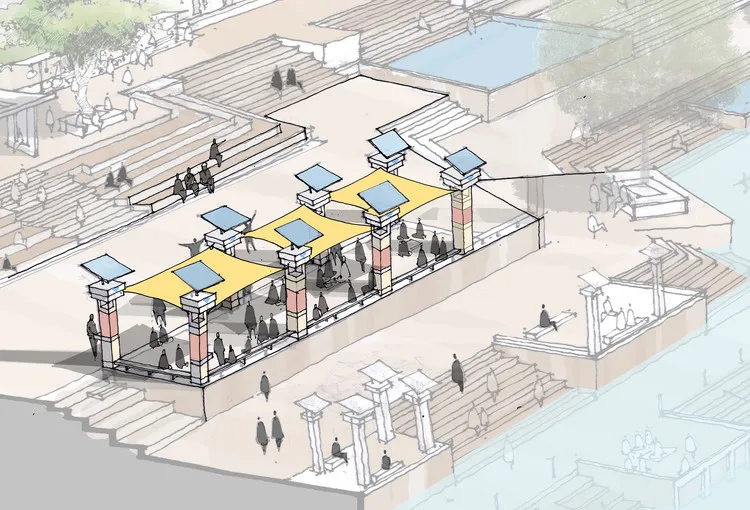
-1
-1
-1
-1
Conclusion
The Varanasi Ganga Riverfront Rejuvenation is far more than an urban upgrade; it is a deeply cultural undertaking. It demands that architects and planners listen closely to the spiritual, social, and environmental narratives that shape the place. In negotiating between reverence and modernisation, the project shows that sacred landscapes can be reimagined through thoughtful, layered, and inclusive design.
By doing so, it safeguards not only the built environment but also the intangible heritage and collective memory that make Varanasi a timeless city on the river.
References
Jain, K. (2017). Architecture of Varanasi: Sacred Landscapes and Urban Form. Urban India Press.
Sharma, R. (2020). Reclaiming the Ghats: Urban Design Strategies for Riverfronts. Journal of Urban Heritage, 15(2), 120-135.
Ministry of Housing and Urban Affairs. (2019). Smart Cities Mission: Varanasi Riverfront Development Report.
Mehta, S. (2015). The River and the City: Sacred Geographies in Indian Urbanism. Routledge India.
Singh, V. (2021). Ritual, Water and Architecture: Continuities in the Ghats of Varanasi. International Journal of Architectural Research, 14(3), 210-230.
INTACH. (2018). Conservation Guidelines for Historic Ghats of India.
Misra, A. (2022). Ganga and the City: Negotiating Urbanism and Spiritual Ecology. Landscape Journal of South Asia, 10(1), 33-49.
Government of Uttar Pradesh. (2021). Varanasi Smart City Project Brief.
Kapoor, D. (2016). Participatory Urbanism in Sacred Cities. Design Matters, 22(4), 76-83.
Joshi, A. (2023). Ecological Restoration in Cultural Landscapes: Lessons from Indian Riverfronts. Architecture+Design, 39(6), 55-62.

Neha Lad
About the author
Neha Lad is an urban designer with a global outlook, shaped by her postgraduate journey at the Manchester School of Architecture and hands-on project work across continents. She thrives on connecting bold ideas with on-the-ground realities, weaving research and creativity into every design narrative. Whether sketching city plans or collaborating with diverse teams, Neha brings curiosity and energy to the table believing that great cities are built through both strategy and empathy. Passionate about inclusive urbanism, participatory planning, and ethical innovation, she is committed to shaping urban spaces that are resilient, human-centered, and ready for the challenges of tomorrow.
Related articles

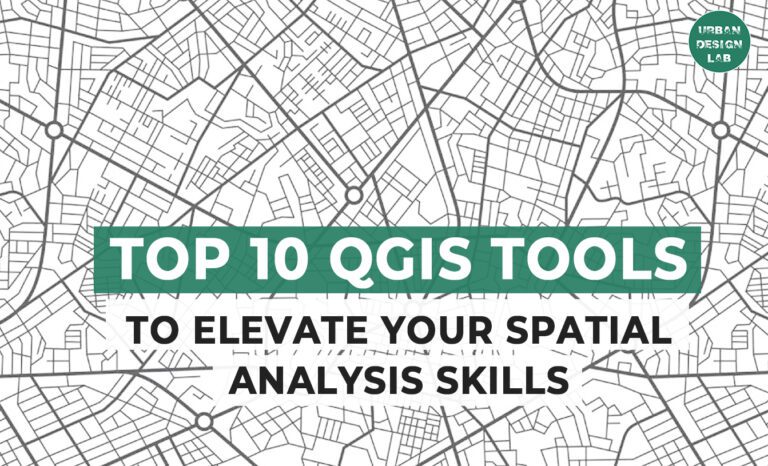
Top 10 QGIS Tools to Elevate Your Spatial Analysis Skills
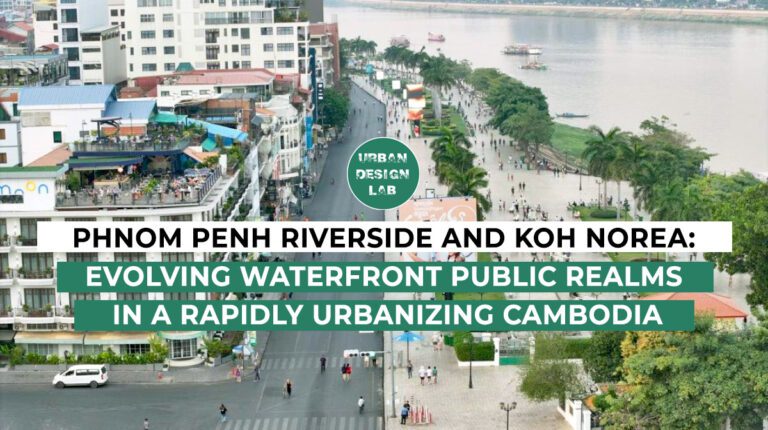
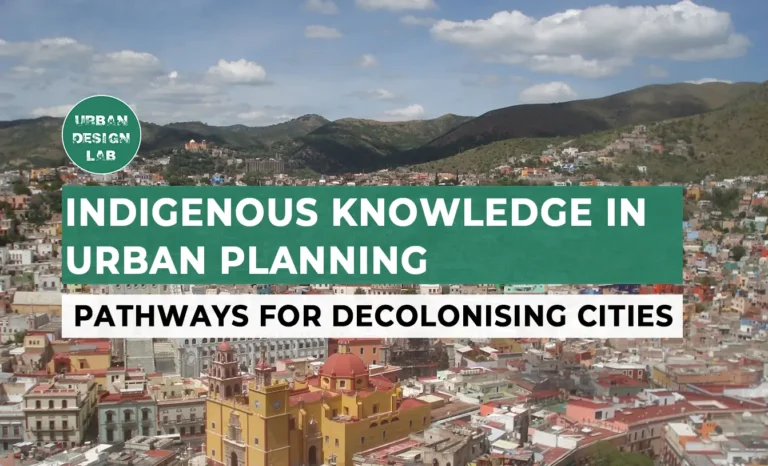
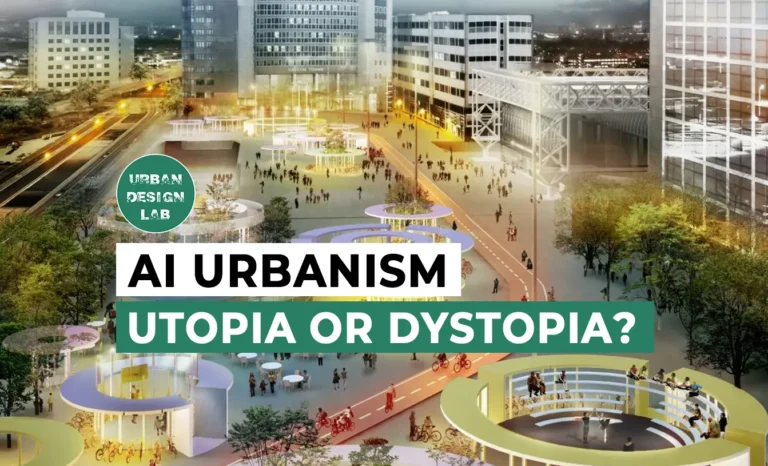
AI Urbanism: Utopia or Dystopia? The Unvarnished Truth.
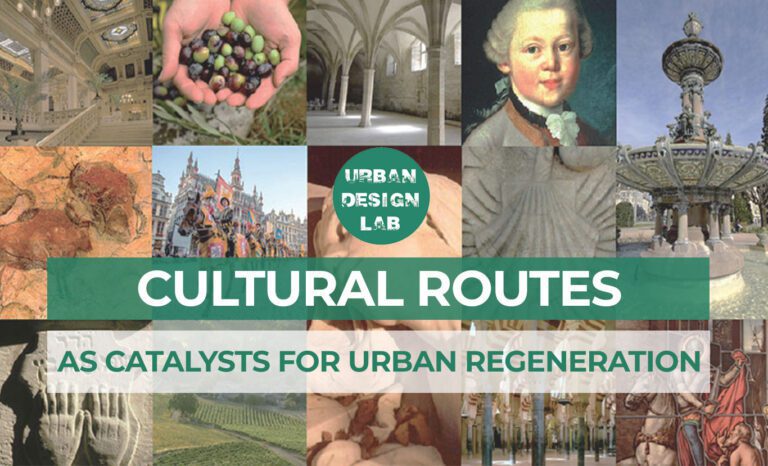
Cultural Routes as Catalysts for Urban Regeneration
UDL GIS
Masterclass
Gis Made Easy- Learn to Map, Analyse and Transform Urban Futures
Session Dates
15th-19th December 2025

Urban Design Lab
Be the part of our Network
Stay updated on workshops, design tools, and calls for collaboration
Curating the best graduate thesis project globally!

Free E-Book
From thesis to Portfolio
A Guide to Convert Academic Work into a Professional Portfolio”
Recent Posts
- Article Posted:
- Article Posted:
- Article Posted:
- Article Posted:
- Article Posted:
- Article Posted:
- Article Posted:
- Article Posted:
- Article Posted:
- Article Posted:
- Article Posted:
- Article Posted:
- Article Posted:
Sign up for our Newsletter
“Let’s explore the new avenues of Urban environment together “
